Introduction
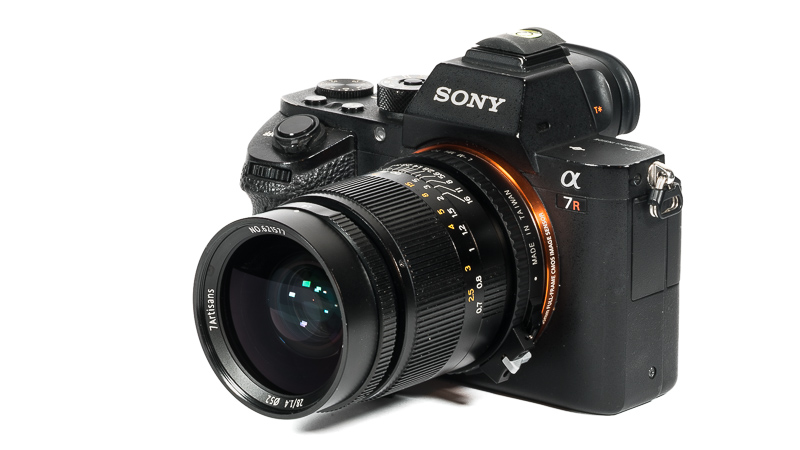
So far the only native 28mm prime lens is the Sony FE 28mm 2.0. Now 7artisans is offering a version of its 28mm 1.4 M-mount lens with an optical design adjusted to the thick filter stack of the Sony cameras. This is the first 7artisans lens reviewed here, so let us find out what this new manufacturer has to offer.
Update June 2023: Alternatives section updated
Sample Images

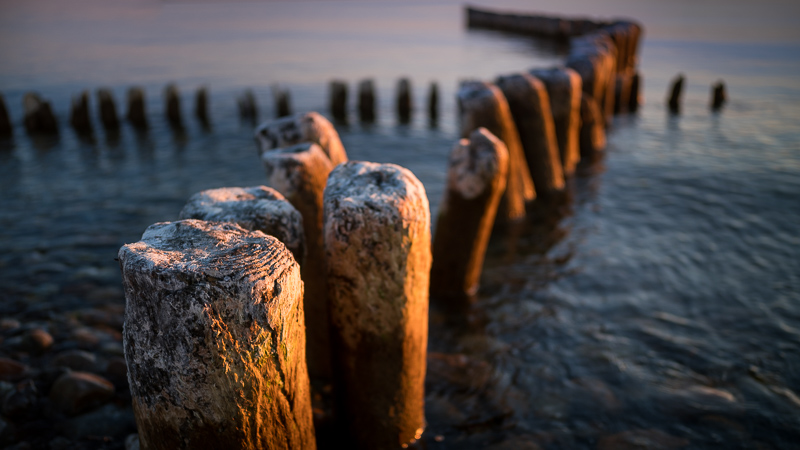
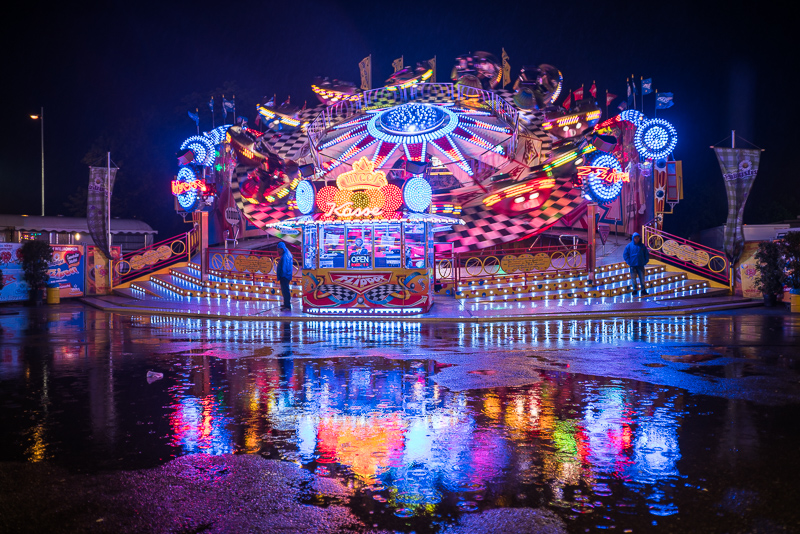
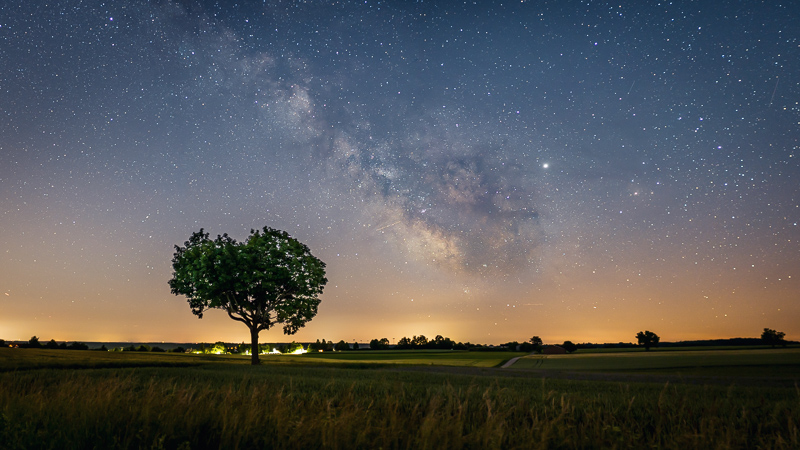
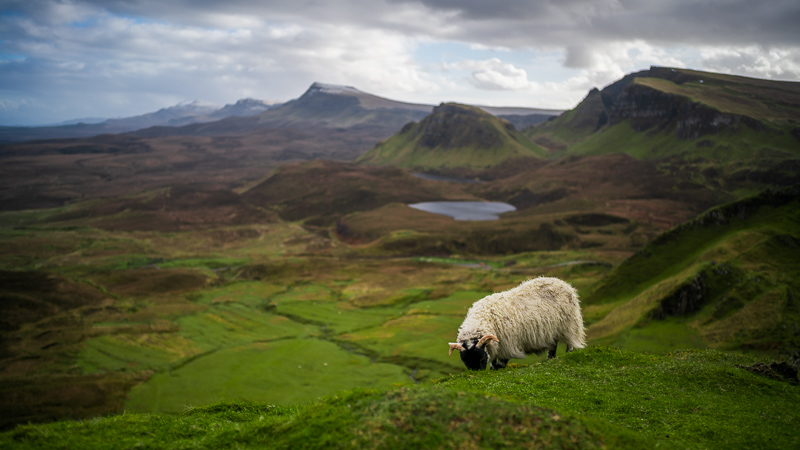
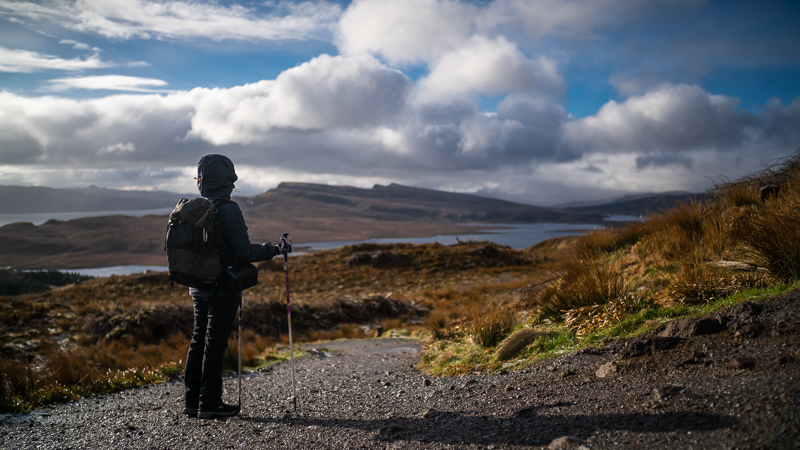
Most of the sample images in this review can be found in full resolution here.
Contents
Specifications / Version History
The lens comes in two versions, the “normal” version optimized for Leica cameras and the “FE-Plus” version with an optical design adjusted to the filter stack of the Sony cameras. Both come with Leica-M mount though and from the outside can only be distinguished by a small “FE-PLUS” mark on the bayonet. The FE-Plus version also has a click stop at f/11 that was absent on the Leica version I tried.
In the beginning there was also a version with an obvious ring flare when used wide open. As far as I know only few were made and all “FE-Plus” versions feature the improved flare resistance.
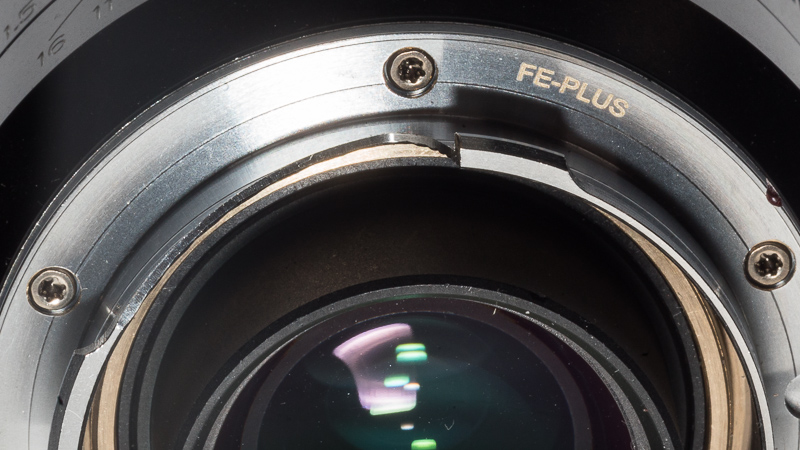
Apart from this both versions look exactly the same and share the following specifications:
-
- Diameter: 60mm
- Field of view: 75° (diagonally)
- Length: 69mm (+adapter)
- Weight: 490g (+adapter, without hood and caps)
- Filter Diameter: 52mm
- Number of Aperture Blades: 13 (rounded)
- Elements/Groups: 11/9
- Close Focusing Distance: 0.7 m
- Maximum Magnification: 1:20 (measured)
- Mount: Leica-M
The lens is available from the manufacturer’s shop, B&H, amazon.com/amazon.de ebay.com/ebay.de for about $436 (affiliate links)
When buying on ebay make sure you buy the FE-plus version.
If you want to make sure you get the right one you can always use this link pointing you to the official store.
Handling / Build Quality
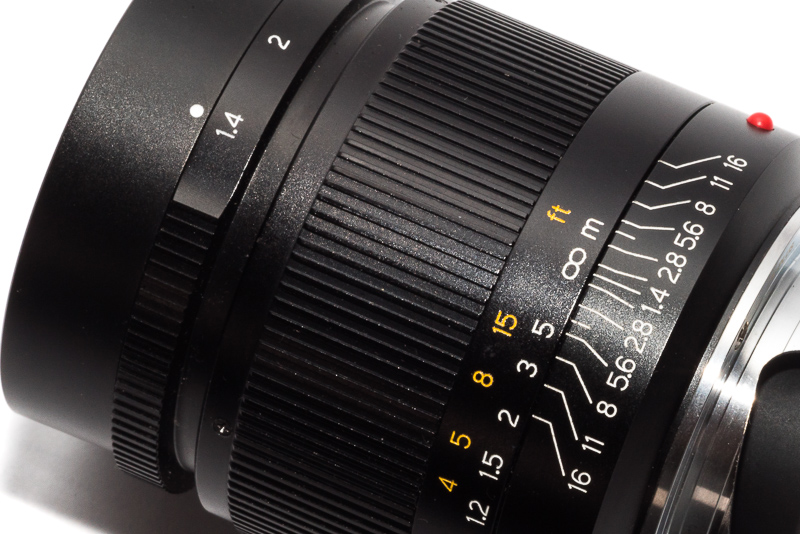
From the outer apperance this looks very much like a Leica M lens including the famous red dot. Markings are yellow/white (seem to be slightly engraved and filled with paint) focus ring has an absolutely perfect resistance (just like the Leica Summicron 90mm 2.0 pre Asph I used to own) and turns slightly more than 90° from the minimum focus distance of 0.7 m to infinity.
The aperture ring has full stop click stops which I think is a good design decision. It makes changing the aperture to the desired value without looking at the lens very easy.
The aperture ring is oh so slightly wobbly if you try to move it in an axial direction. I am sure most of you would never notice this as normal people would not try to move the aperture ring like that, but I have never used a 7artisans lens before so I wanted to know where they stand in terms of build quality. At a first look (after a few weeks of usage) they are pretty good.
The lens features a rangefinder coupling which can be adjusted yourself using a small screwdriver. Being an owner of an M-mount camera now I cannot stretch enough what a wonderful design decision this is: the lens can easily be adjusted to be perfectly calibrated to your rangefinder camera and give best possible results without sending it in. I wish every M-mount lens would offer this.
If you don’t intend to use this lens on a rangefinder camera you can also remove the brass part and save some (very little) weight.
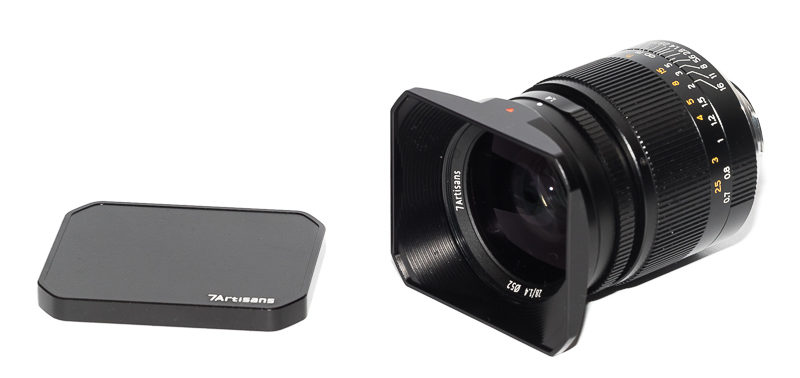
My lens also shipped with a rectangular lens hood (with hole for using with a rangefinder camera) and a focus tab with adhesive on the back that you can put on the focus ring if you like to.
Vignetting
light falloff
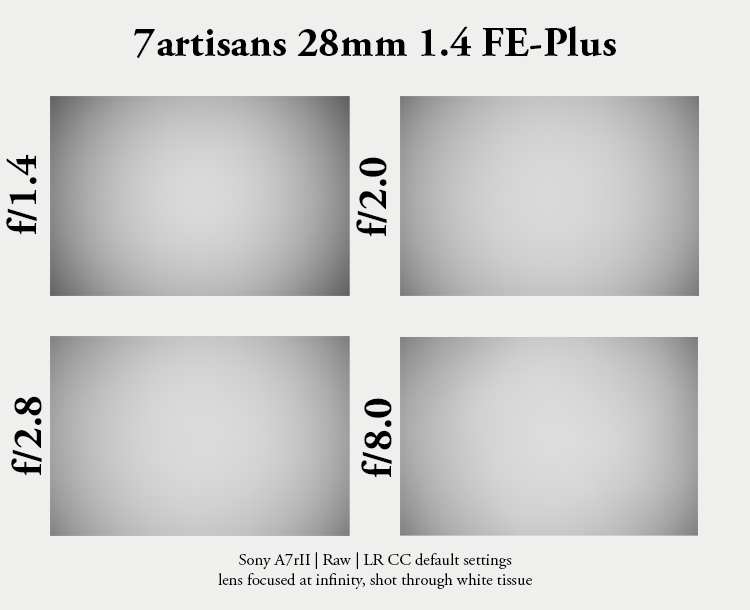
Wide open there is strong light falloff of roughly 2.5 EV, stopped down to f/2.0 this improves to 2.0 EV, stopped down to f/2.8 it is 1.9 EV and pretty much stays at that value on stopping down further. Wide open this is a little less than the competition, but stopped down slightly more. There is no Lightroom profile available so far.
color cast
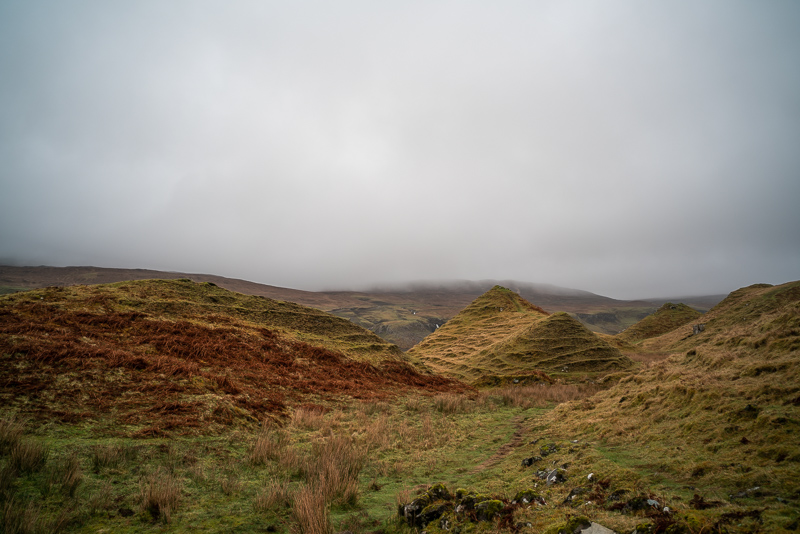
The lens also shows noticeable green color cast in the corners, similar to the Voigtlander VM 28mm 2.0 Ultron.
You can check out my article How to: Correcting Color Cast in Lightroom where I explain different methods to fix this.
optical vignetting
Very fast yet compact lenses usually show a significant amount of optical vignetting. Without going too much into technical details optical vignetting leads to the truncation of light circles towards the borders of the frame.
In the center of the frame almost every lens will render a perfect circle, but only lenses with very low optical vignetting will keep this shape in the corners.
So in the following comparison we move from the center (left) to the extreme corner (right) and see how the shape of the light circle changes.
For comparison’s sake I included the Voigtlander VM 28mm 2.0 Type I here. I consider this performance to be slightly above average for a small lens with these parameters.
This comparison was done at 0.5 m focus distance, you may get slightly different results at other distances. Both lenses were focused at the exact same distance so the results are directly comparable.
Sharpness
infinity (42mp Sony A7rII)

Center resolution is very usable wide open and we see only little optical aberrations. It improves on stopping down but already wide open we see a bit of moiré on the small roof in the front of the house.
The lens shows a noticeable midzone dip (due to field curvature) at infinity at f/1.4 to f/2.0. This is not too uncommon with fast lenses and also present on e.g. the Sony/Zeiss 35mm 1.4 ZA, the Zeiss ZM 35mm 1.4 or the Zeiss Loxia 50mm 2.0.
The corners look slightly better at wider apertures compared to the midframe, this is a tradeoff we often see with Zeiss lenses.
At f/2.8 you have very usable resolution across frame, by f/4.0 everything looks good to me and peak performance is achieved somewhere between f/5.6 and f/8.0.
Personally I prefer having a better looking midframe at wider apertures to better performance in the extreme corners, but then the performance is very even already at f/2.8, which cannot be said about many fast yet small lenses.
Focus shift (see corresponding section) had not been taken into account for these shots, so with stopped down focusing you can get slightly better results at f/2.0 to f/4.0.
The corner crops have been pushed in post to reveal more details.
infinity (24mp Leica M10)
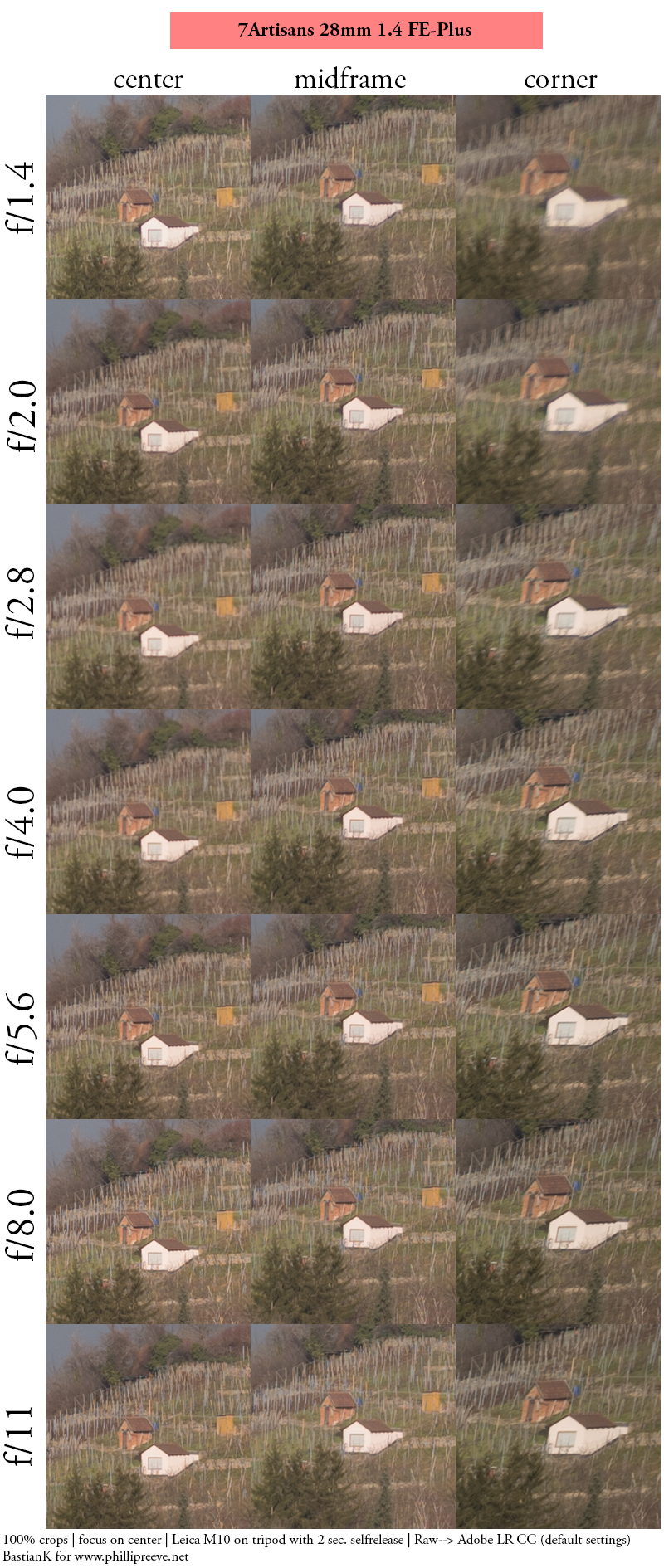
Many of you have been asking how the FE-Plus version behaves on a rangefinder camera and now I could finally have a look at this.
The center performance is similar to that on the Sony sensor, no surprises. The focus shift effect is a bit more visible here between f/2.0 and f/4.0 though, so either use live view (if possible) or stop down to f/5.6 in the first place.
The midframe looks actually significantly better on the Leica sensor, I see about a two stop improvement.
The corners look slightly worse between f/1.4 and f/4.0 on the Leica.
Best across frame performance is also reached at f/8.0 on the Leica sensor, but the midframe surely looks better on this camera.
I said on the Sony f/2.8 yields usable resolution across frame, on the Leica the midframe is better at f/2.8 but the corners are worse, so I would rather stop down to f/4.0 or better f/5.6 here (to also get rid of the focus shift effect).
For many applications the better midframe instead of corner resolution will be favorable though.
Focus shift (see corresponding section) had not been taken into account for these shots, so with stopped down focusing you can get slightly better results at f/2.0 to f/4.0.
Compared to: Voigtlander VM 35mm 1.7 + 5m PCX
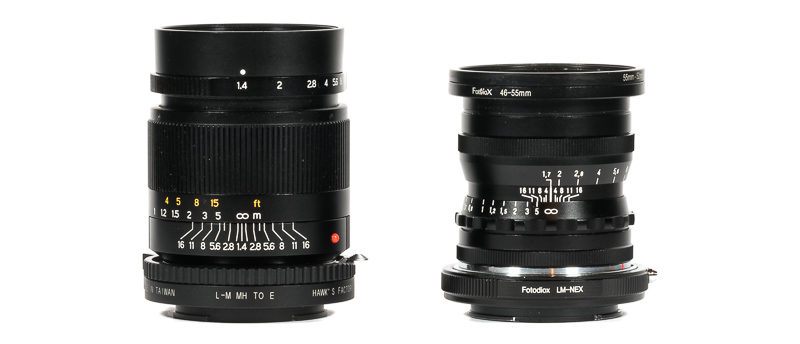

As you know the Voigtlander VM 35mm 1.7 Ultron + 5m PCX filter is my lens of choice in this focal length range for quite some time now, offering a very balanced package of maximum aperture, bokeh and stopped down across frame sharpness.
The 7artisans lens holds up well in this comparison. The center performance wide open is comparable. Interestingly close to the center different structures show moiré when comparing both lenses.
The Voigtlander shows much better midframe but much worse corners at wider apertures and the corners don’t improve as fast. So the Voigtlander lens with correction filter needs to be stopped down to f/8.0 to show the same across frame performance as the 7artisans lens at f/4.0.
Up to you what you prefer, there is definetly something to be said for either approach.
The corner crops have been pushed in post to reveal more details.
portrait distance
100% crops from outer midframe center, A7rII
For taking a full body portrait in landscape orientation you need a distance of about ~2.0 to 2.5 m to the subject.
The midzone dip we can see at infinity starts to have a visible influence at these distances, too. Wide open we get a bit softer results with less contrast and detail. Stopping down to f/2.0 will mostly solve this.
At half body portrait distances (~1.0 to 1.5 m) I did not found this to be an issue. Here I was always happy with the sharpness wide open regardless of where in the frame I put the subject.
close (0.70m, 1:20)
100% crops from center, A7rII, because of focus shift (see corresponding section) I refocused for every shot.
Similar to many other (especially fast) lenses without a floating elements design the performance wide open at the minimum focus distance is a bit reduced.
But stopping down to just f/2.0 improves the performance significantly and f/2.8 looks plenty good.
close (0.22m, 1:4.2) with 4mm extension tube
100% crops from center, A7rII, because of focus shift (see corresponding section) I refocused for every shot.
Like most M-mount lenses the minimum focus distance isn’t great so I am using the lens with a helicoid close focus adapter.
The performance is quite comparable to that at the actual minimum focus distance of 0.7 m. Slightly soft at f/1.4 with a significant gain at f/2.0 and really good at f/2.8.
Keep in mind that this lens was never intended to be used at these distances by the designers.
Despite the shortcomings wide open at this focus distance the lens is capable of delivering pretty cool results:
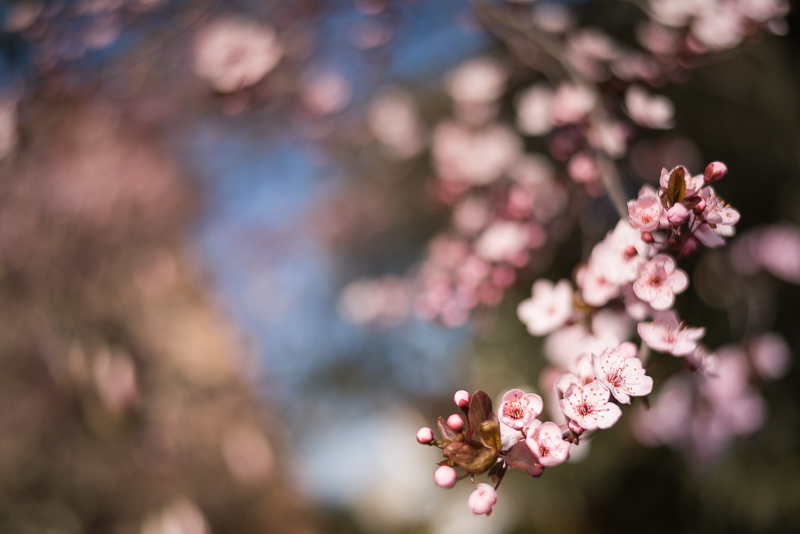
Flare resistance
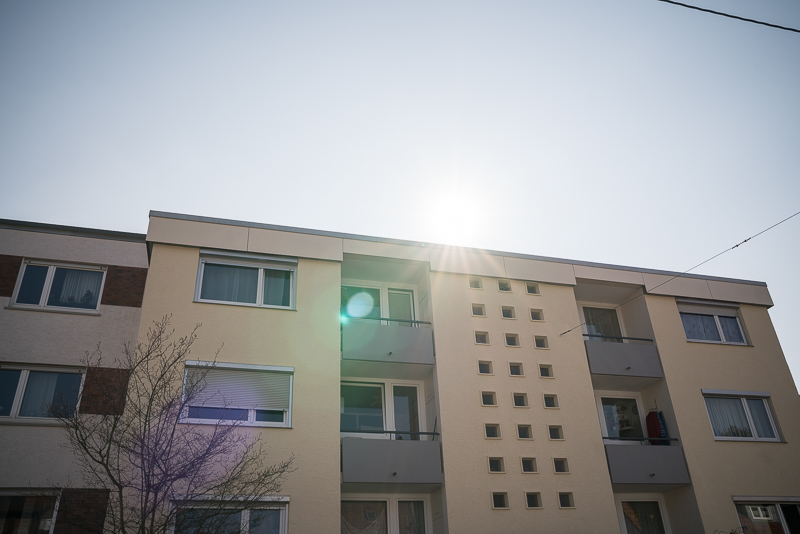
Flare resistance is definetly better than I would have expected. Loss of contrast is rarely an issue, but depending on where you place the sun in the frame you can catch a green and/or purple ghost (above you see the worst example I managed to provoke).
If the sun is in the center of the frame you will rarely see ghosts, but at f/1.4 you can still provoke a halo around the sun. This completely goes away on stopping down to f/2.0.
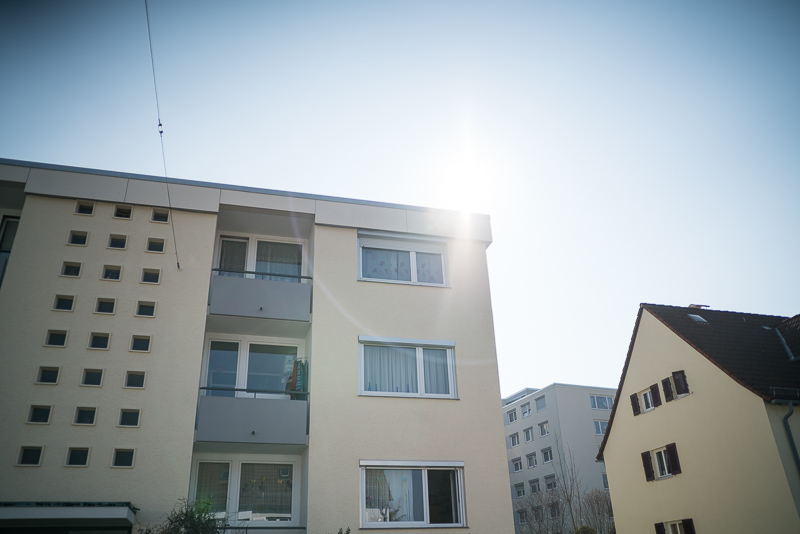
With the sun close to the corner of the frame you can make almost every lens look bad, this is also the case here:
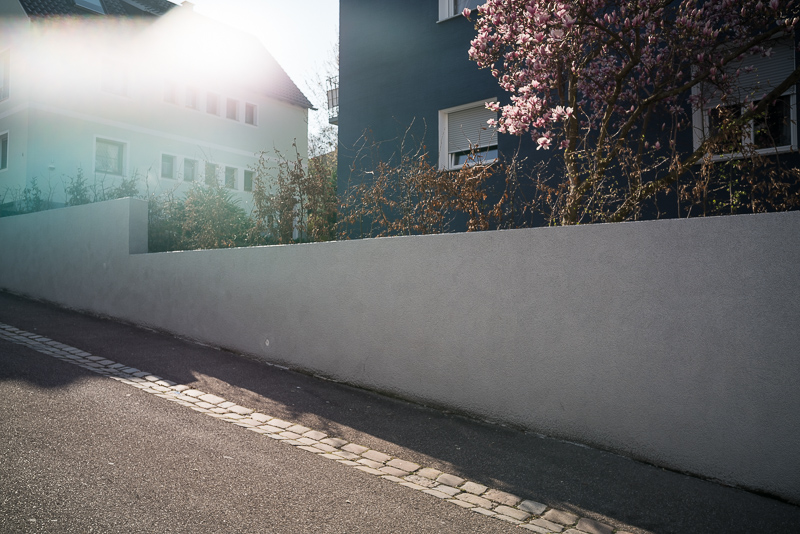
Stopping down doesn’t help much, but the slightest reframing will make this veiling flare go away.
Coma
A good correction of coma seems to only rarely make top of the lens design criteria priority list of most manufacturers. Many fast wide angle lenses I reviewed seriously struggled here, so my expectations were pretty low.
At f/1.4 we see noticeable coma in the corners, but most of it is gone at f/2.0 and f/2.8 is super clean.
Comparing my samples to that you can find in the Sony FE 28mm 2.0 review it seems this 7artisans lens shows better performance.
I am greatly surprised by this and as soon as I get the chance I will be using this lens for some real astrophotography and update the review with some milky way shots.
100% crops from extreme corner, focused on corner, A7rII
I also got the opportunity to use this lens for some landscape astrophotography. As I was expecting after the testing with city light I found it to be a pretty good performer. The T-stop of the lens is slightly worse than that of the Sigma 35mm 1.4 Art, but coma is less obstrusive.
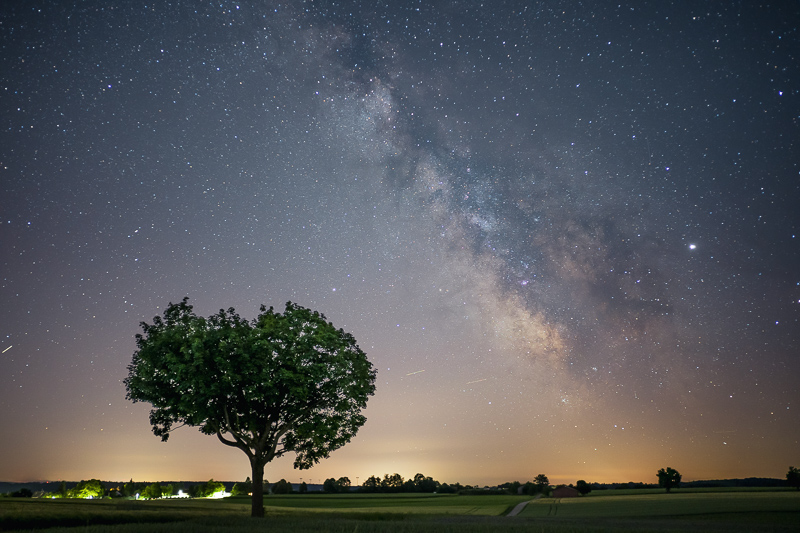
With very bright stars in the corner you will be able to spot very slight coma in the corners looking at the files at 100%, but in real pictures this will hardly be visible.
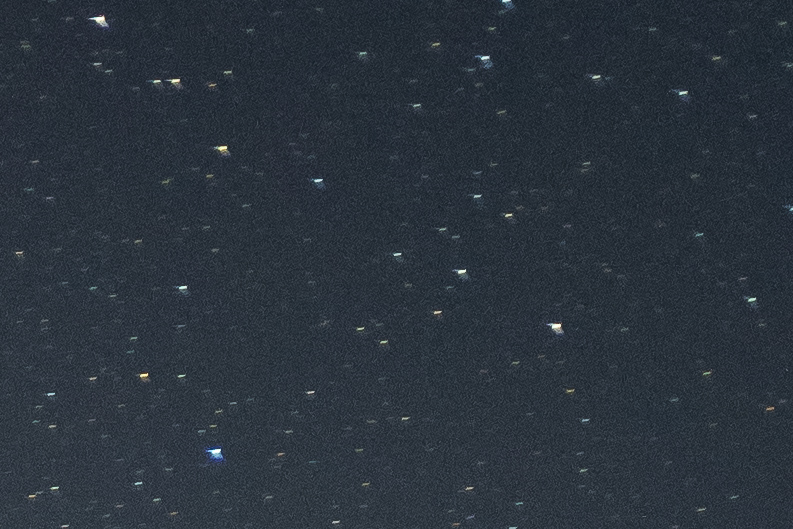
Distortion
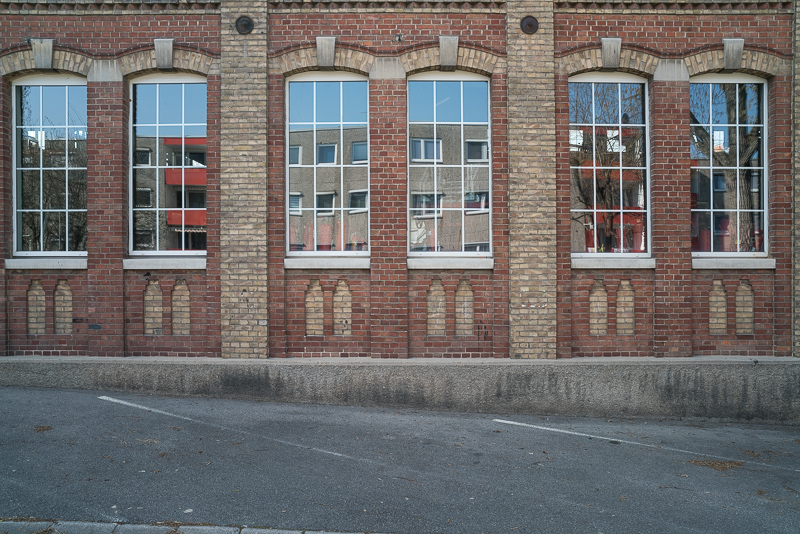
The lens shows only shows very minor yet slightly wavy distortion. This will barely be visible in real life shots but to fully correct it (e.g. for critical architecture work) we have to wait for a lens profile.
Bokeh
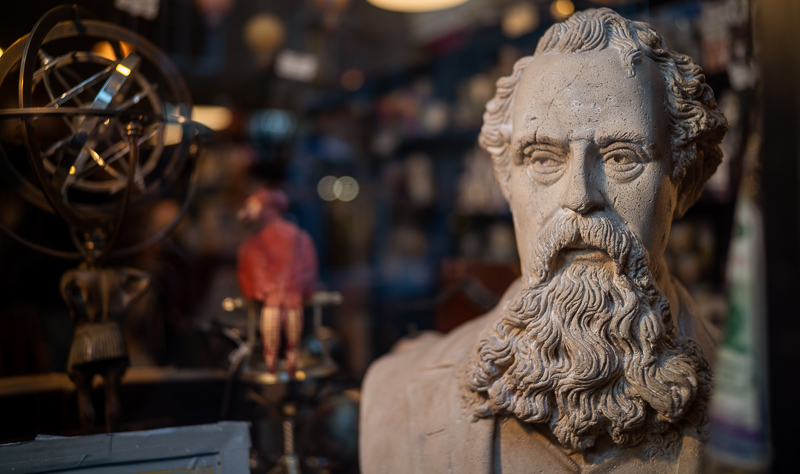
I am / I was in the market for a fast (meaning f/1.4 or faster) 28mm lens, as for the likes of environmental portraits this is my preferred focal length (also pairs nicely with an 85mm lens). So far there was no 28mm lens with these specs that appealed to me available, so I was using the Voigtlander VM 35mm 1.7 + 5m PCX for this task.
I also tried my luck with the SLRmagic 35mm 1.2, but it is a rather basic design without aspherical elements and bokeh wasn’t completely to my liking.
The optical design of this 28mm 1.4 though looked very interesting and more advanced: aspherical element, ED elements, high refractive elements. So I was very curious to find out what the bokeh is like.
As with most lenses (especially wide angle lenses though) the quality of the bokeh is highly dependant on the focus distance.
In close up scenarios I think it looks really good and is much better than I would have hoped for: nice transition from in focus to out of focus, comparably low cat’s eyes effect, little to no outlining and onion ring structures.
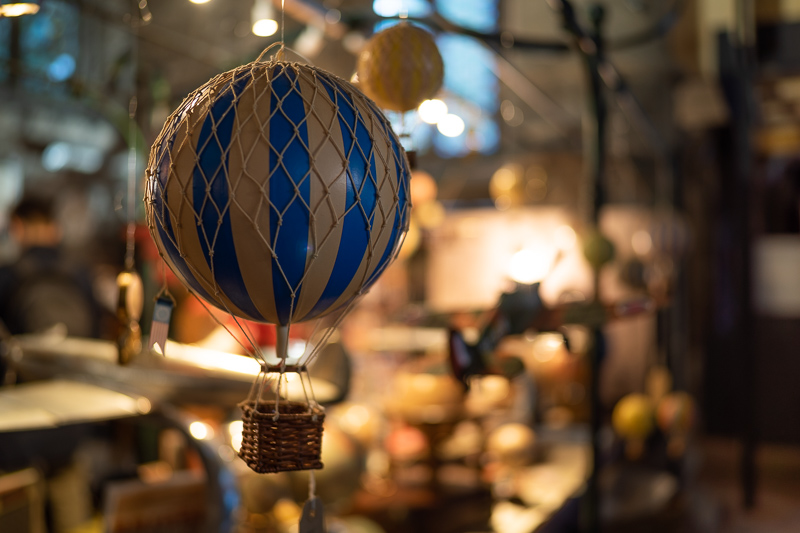
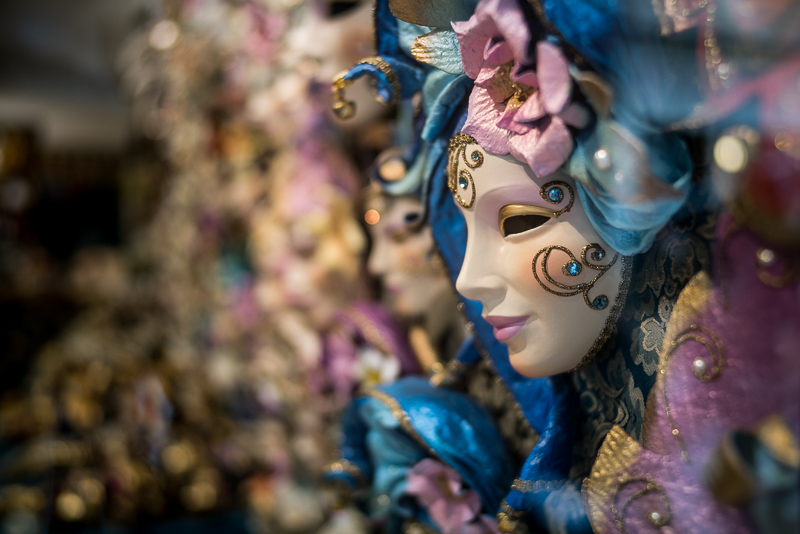
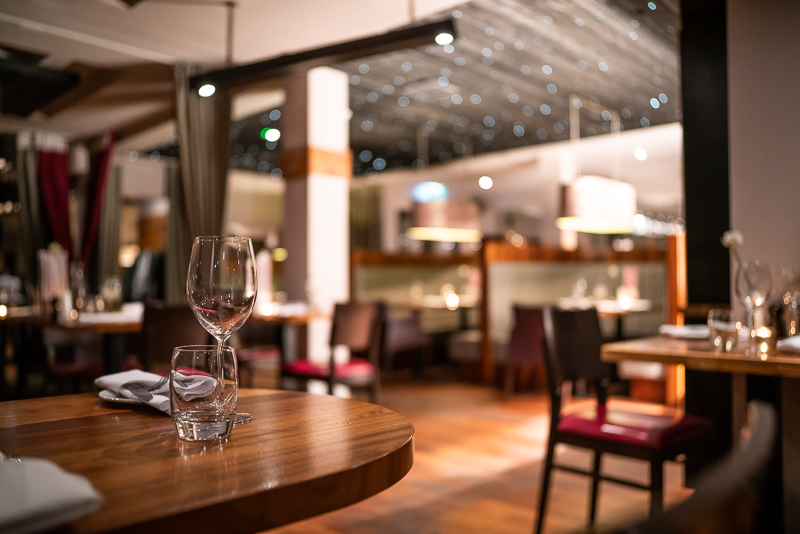
This pretty much holds true when taking pictures at half-body-portrait distances. I like what I see here and the results are much better than I would have expected from a lens with this combination of parameters and price.
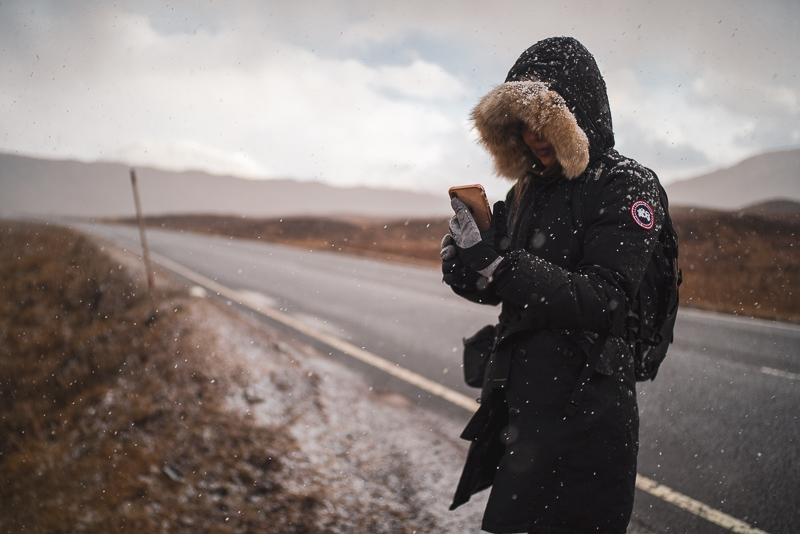
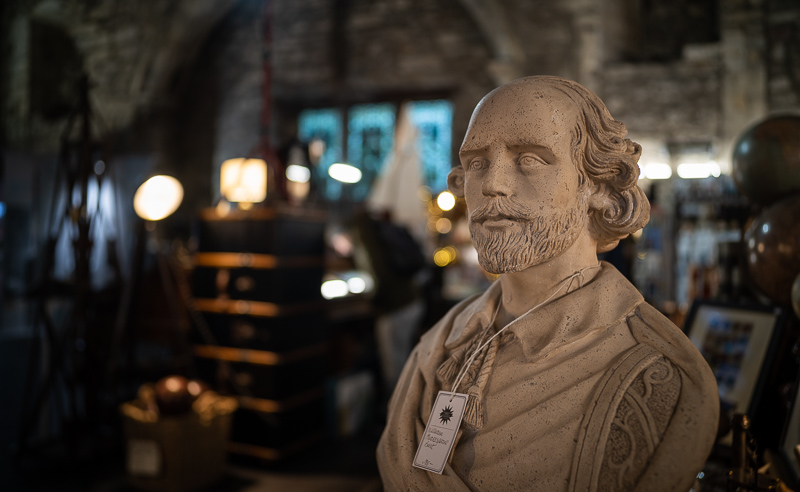
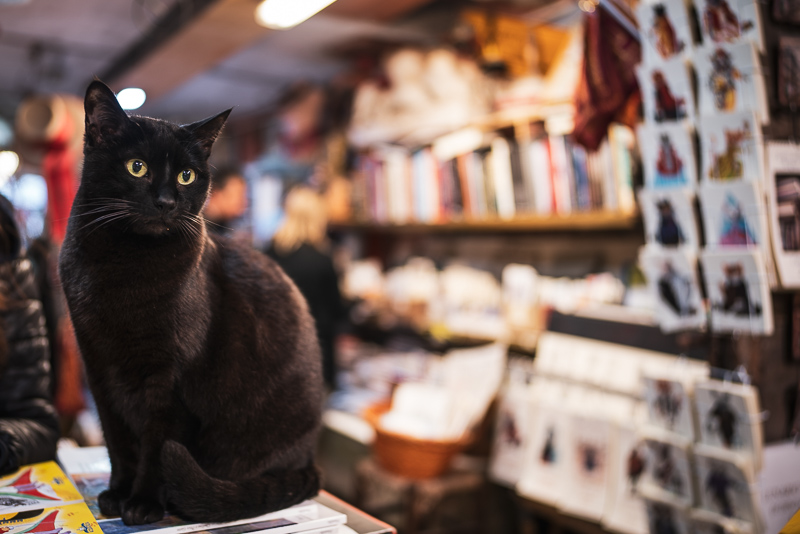
When taking full-body-portraits there are a few things to watch out for: the sharpness at f/1.4 at these distances off center is not as good as it is at closer distances. You will barely notice this when using a 12mp camera, you may notice it when using a 24mp camera and you will definetly notice it when using a 42mp camera and zooming in to 100%. This is mostly resolved when using f/2.0 instead of f/1.4 (see sharpness section).
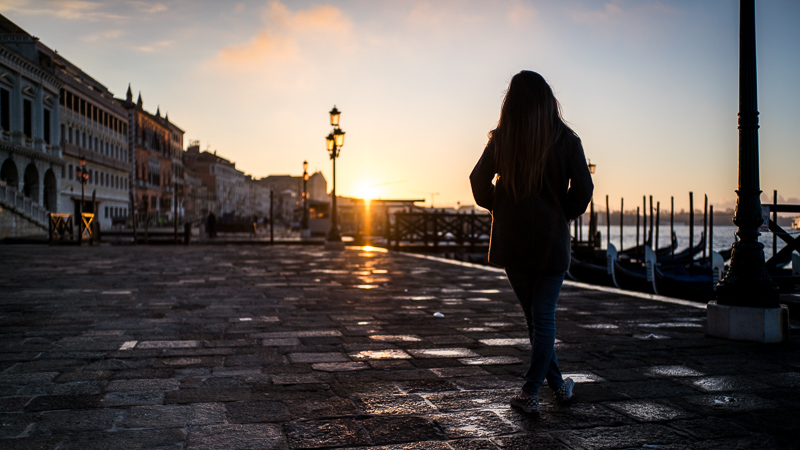

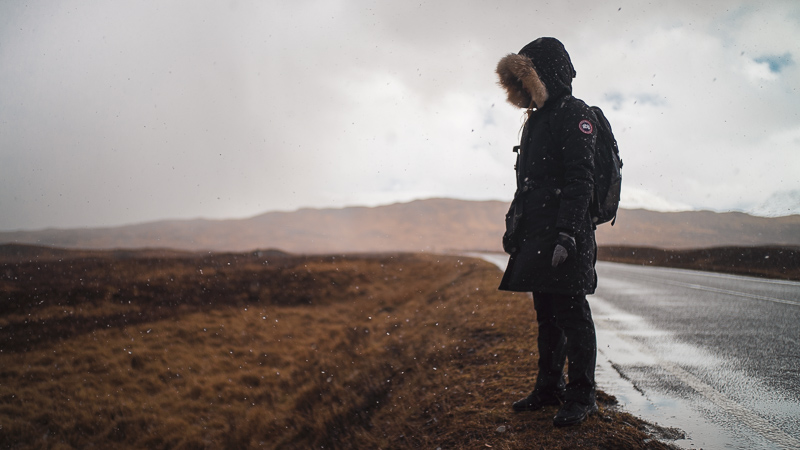
Edges in the background with very high contrast can show noticeable outlining. This seems to happen due to longitudinal CA and can be lowered a bit by correcting these in post. If you heavily edit your pictures (reduce highlights, increase shadows) this will be more obvious, so something you may want to watch out for (many other fast wideangle lenses like e.g. the Sony FE 28mm 2.0, the Nikon AF-S 24mm 1.4G and the Voigtlander VM 35mm 1.7 show a similar behaviour).
Also at these distance light circles towards the edges of the frame take on trapezoidal shapes, show outlining and sometimes even contain a second circle with smaller diameter inside.
I tried to give you a thorough basis here to decide whether you like the bokeh rendering or not. This is a matter of personal taste and will also heavily depend on what you use this lens for.
I was using this lens on several occasions to see how it works for me in many different scenarios. In the end there are way more pictures where I like the bokeh compared to those where I don’t like it.
Sunstars
This is the second lens with 13 rounded aperture blades I reviewed (first one being the SLRmagic 35mm 1.2). With that higher number of blades the correct and equidistant spacing between these is very important to get decent sunstars.
I was very surprised to see we get clear and respectable sunstars between f/5.6 and f/11. Judging by my experiences with other lenses I really did not expect that. They are actually very similar to those of the Sony FE 24mm 1.4 GM or 85mm 1.4 GM (both featuring 11 rounded blades).
100% crops from outer midframe, A7rII
They are less pronounced compared to the likes of Zeiss Loxia or Voigtlander (see this article for further reference), so this is how it will look like in a real picture:
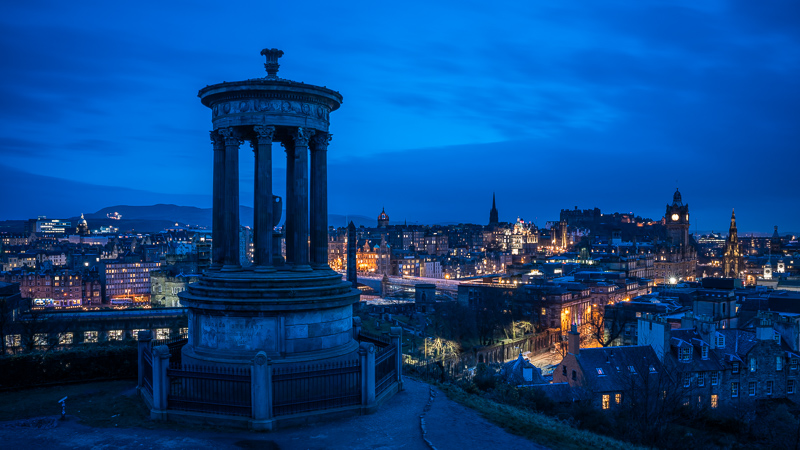
Chromatic aberration
lateral
100% crops from extreme corner, A7rII
There are only very minor lateral CA visible that are easily corrected either in camera (for Jpegs) or in a raw developer like Lightroom by one click.
longitudinal
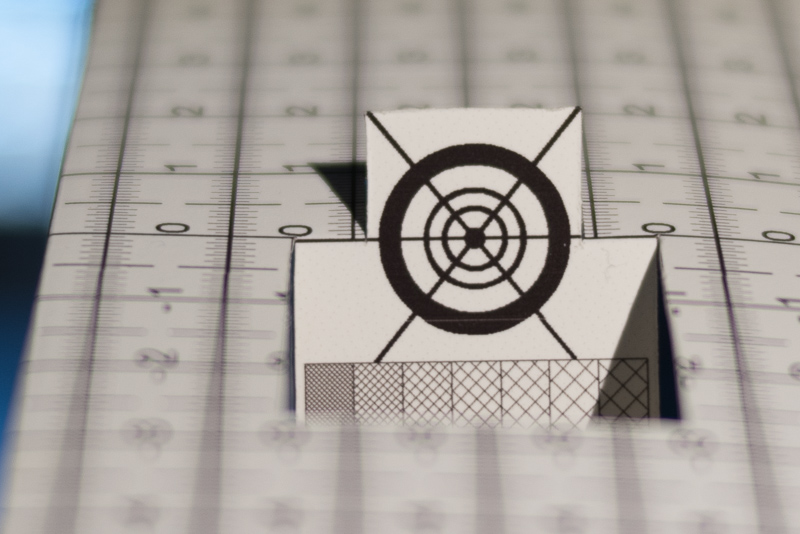
In close up scenarios there is only a bit of green behind and magenta in front of the focal plane visible, but this aberration is masked by spherical aberration quite a bit when shooting at wider apertures here. It is reduced on stopping down to f/2.0 and mostly gone at f/2.8.
There is a bit of purple fringing visible along very contrasty edges wide open:

Even in very demanding scenes like the one below only very little loCA are visible. This is a really good performance, better than many way more expensive lenses.
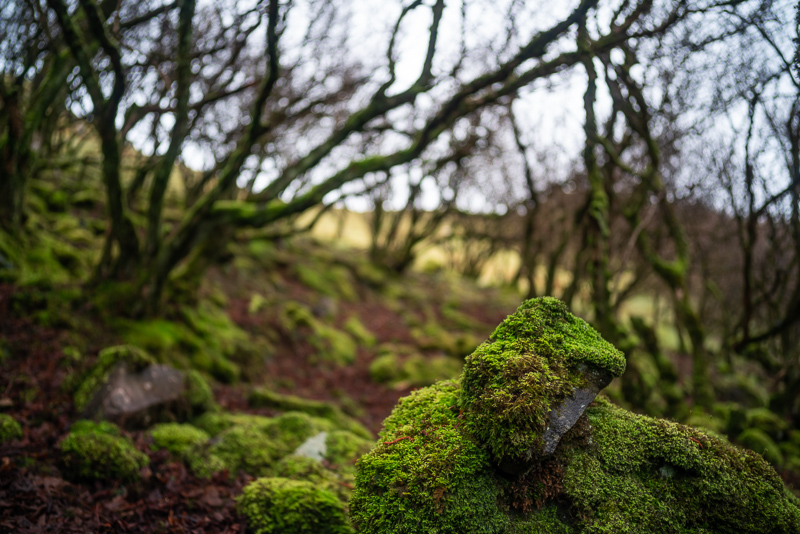
Focus shift
50% crops, A7rII
When stopping down the plane of optimal focus shifts to the back, so you have to focus a bit closer for best performance. This is most noticeable at close range, less so at infnity. I still recommend focusing at working aperture with this lens to get best results.
Conclusion
good
|
average
|
not good
|
A 28mm f/1.4 lens for less than 400 bucks from a manufacturer I haven’t seen anything notable before. What was I expecting? Not much to be honest.
But after thoroughly testing the lens and using it in the field I can stand before you and tell you I was wrong. Very wrong.
First thing you notice is this lens does not feel like your cheap sub $500 chinese lens (I am looking at you, SLRmagic 35mm 1.2). In terms of build quality it seems to be much closer to the Zeiss Loxia or newer Voigtlander lenses.
I liked the Bokeh in most cases a lot. I consider it to be quite similar to the VM 35mm 1.7. Like most fast wide angle lenses it struggles at full body portrait distance (when transition zone and background overlap). Still, it holds itself up well here and I would need to compare it directly to the Nikon AF-S 28mm 1.4E or the gigantic Sigma 28mm 1.4 Art to see if those actually fare better at these distances.
Also from f/2.8 onwards the image quality at infinty is pretty much on par with the highly regarded Voigtlander VM 35mm 1.7 when coupled with the 5m PCX filter (my lens of choice in this focal length range for infinity shooting), making it a very versatile and capable landscape and architecture lens.
There are a few things I don’t like: the midzone dip between f/1.4 to f/2.0 is definetly something to watch out for.
Flare resistance is not bad, but not as good as the VM 35mm 1.7 either (I see that as class leading though, so nothing be to ashamed of).
There is noticeable green color cast in the corners. Again, similar to the VM 35mm 1.7, but something not found on super fast native lenses like the Voigtlander 40mm 1.2 E.
The minimum focus distance of 0.7m really ain’t that great, so I advise you to couple this lens with a close focus helicoid adapter like the Voigtlander VM-E close focus adapter or the one from Hawk’s Factory I am currently using. This will increase the entry price a bit if you don’t already own one though.
I see this lens as a very welcome addition to the sparse line up of 28mm lenses optimized for E-mount cameras. As you can probably tell from the sample images I had great fun using this lens and have added it to my kit.
This lens feels a lot like a Zeiss ZM 35mm 1.4 with 28mm and for about a fourth the price, so I am tempted to call it an actual bargain. After 3 months of regular usage I still like this lens a lot and it often finds a way in my bag.
Update: Performance on Leica M10
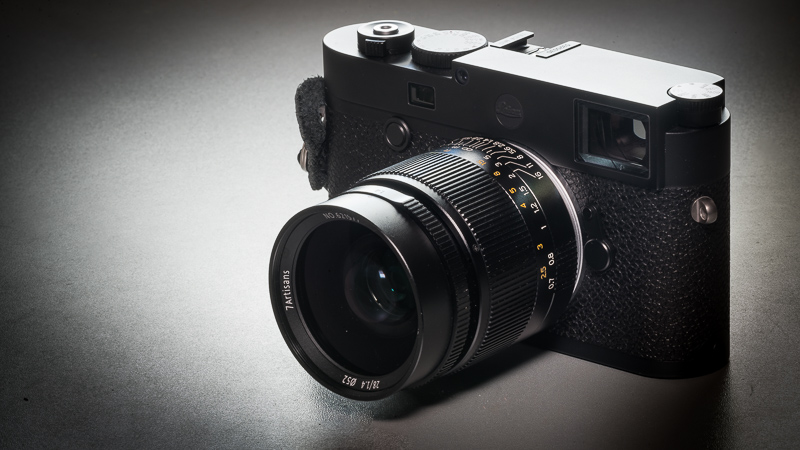
Many of you have been asking in the comments which lens to get if they intend to use this lens on Sony and Leica cameras. After investigating the performance on the M10 I tend to say: get the FE-Plus version. There really isn’t much you loose when doing so.
By the way, I really like the option to adjust the rangefinder coupling myself. I adjusted it once for infinity and afterwards was spot on at every distance. Just be careful of the focus shift between f/2.0 and f/4.0 to get best possible results.
The lens is available from the manufacturer’s shop, B&H, amazon.com/amazon.de ebay.com/ebay.de for about $436 (affiliate links)
When buying on ebay make sure you buy the FE-plus version.
If you want to make sure you get the right one you can always use this link pointing you to the official store.
Alternatives
E-mount
Laowa 28mm 1.2 Argus:
The Laowa lens is even faster and I especially like its high contrast at wider apertures which in combination with the f/1.2 aperture and the wide angle view makes this a great choice for environmental portraiture. Be sure to check out my review of the Laowa if you are in the market for a fast 28mm lens.
buy from manufacturer’s shop | B&H for $599 (affiliate links)
Sony FE 28mm 2.0:
This is your obvious choice in the FE system being a native lens that offers autofocus and being affordable at the same time. It never appealed to me as I find f/2 is not fast enough for me at this focal length and I can’t work with the non linear focus ring. If these things do not bother you it can be pretty good value for the money.
buy from amazon.com | B&H (affiliate links)
Sigma Art 28mm 1.4:
This is a very high resolving lens already wide open that also comes as a “native” lens with autofocus including eye-AF. Unfortunately it is almost double the weight, triple the price and also very big.
buy from Amazon.com | Amazon.de | B&H | ebay.com (affiliate links) for $799
M-mount
Voigtlander VM 28mm 2.0 Ultron MK II:
This lens is much smaller and lighter and I especially like its 0.5 m minimum focus distance. Bokeh is worse though, especially in the corners, and it is double the price.
If you are more into landscape the Voigtlander is a great option, if you are more into environmental portraits this 7Artisans is the better choice.
buy from Robert White (UK) | Cameraquest (US) | B&H | ebay.com | ebay.de (affiliate links) for $899
Further Sample Images

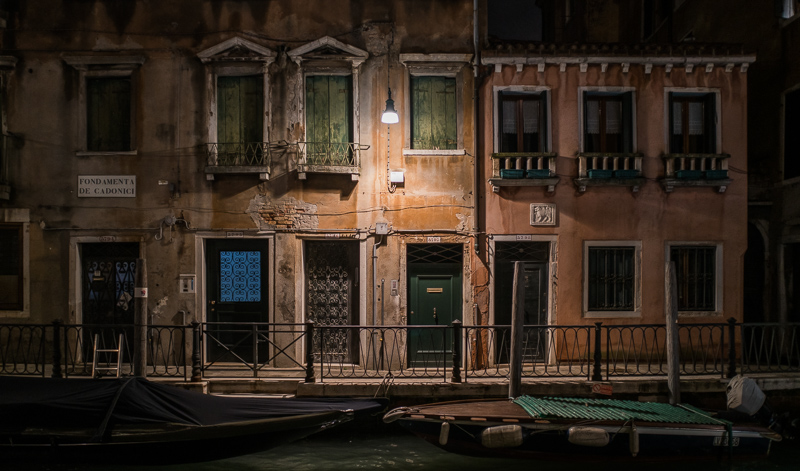
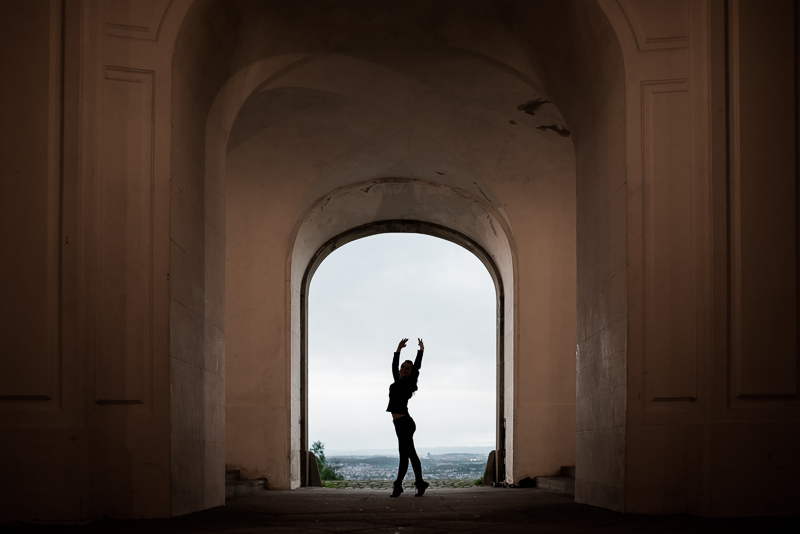
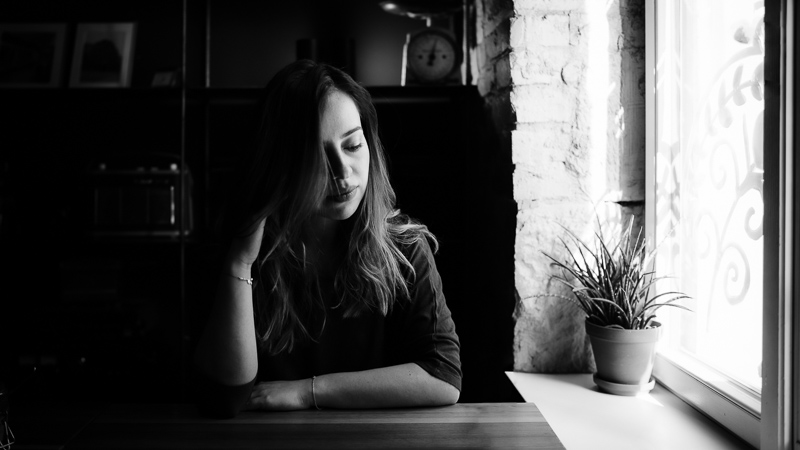
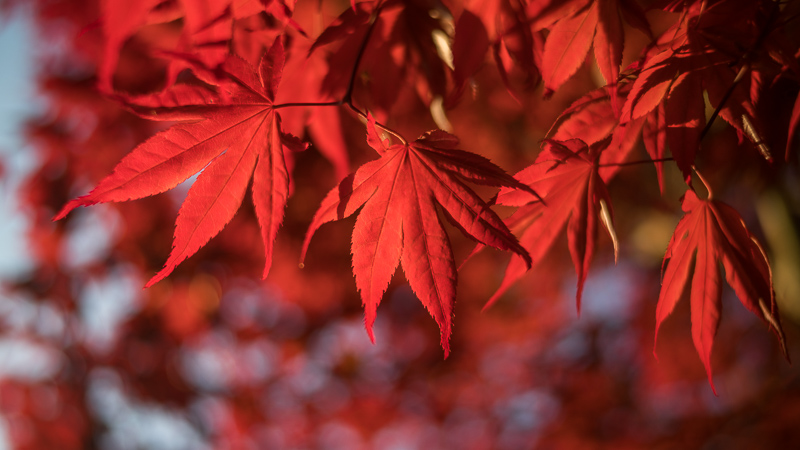
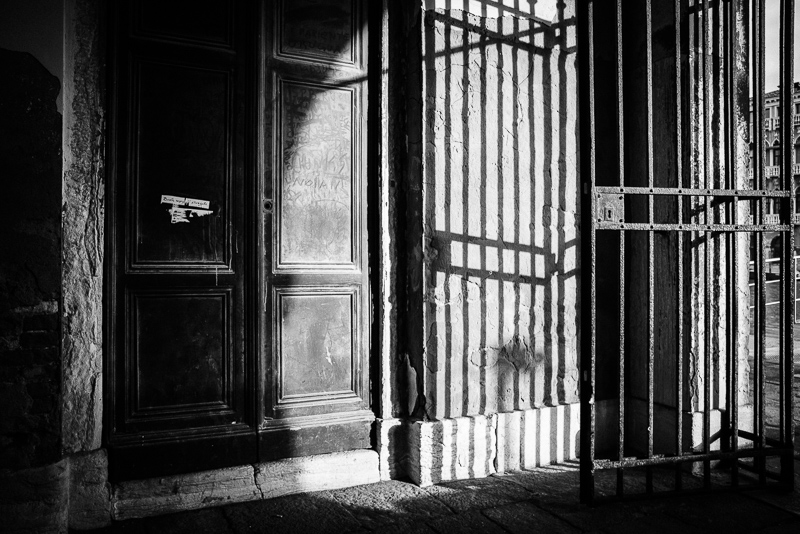

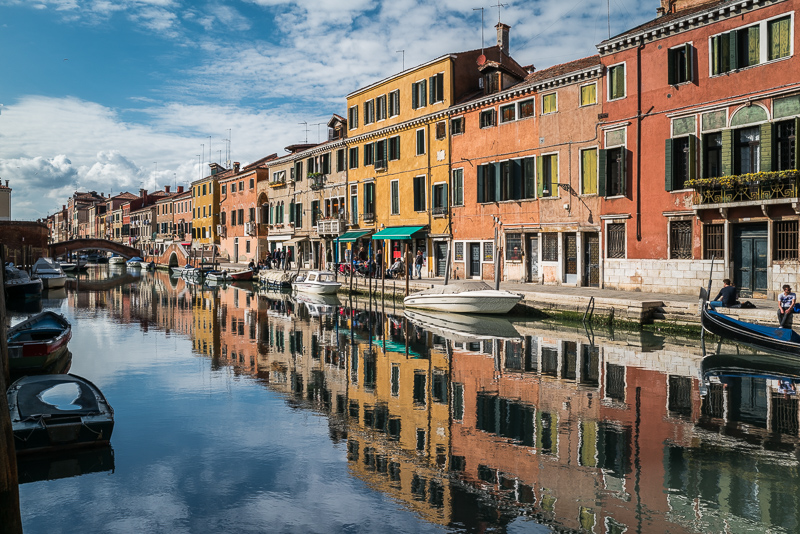

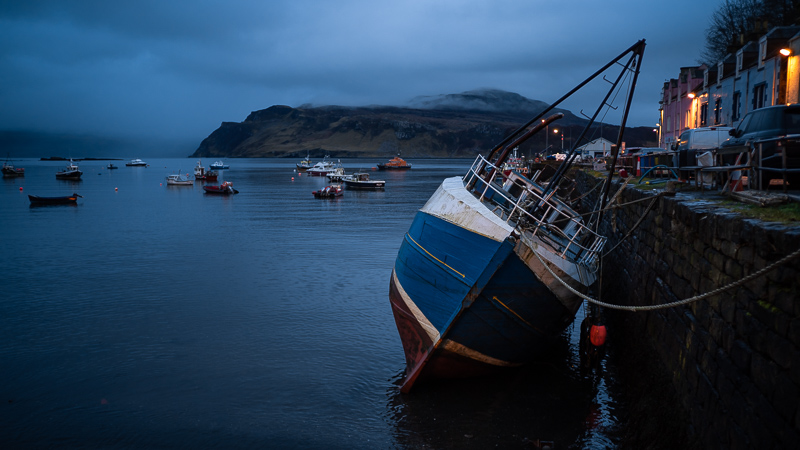
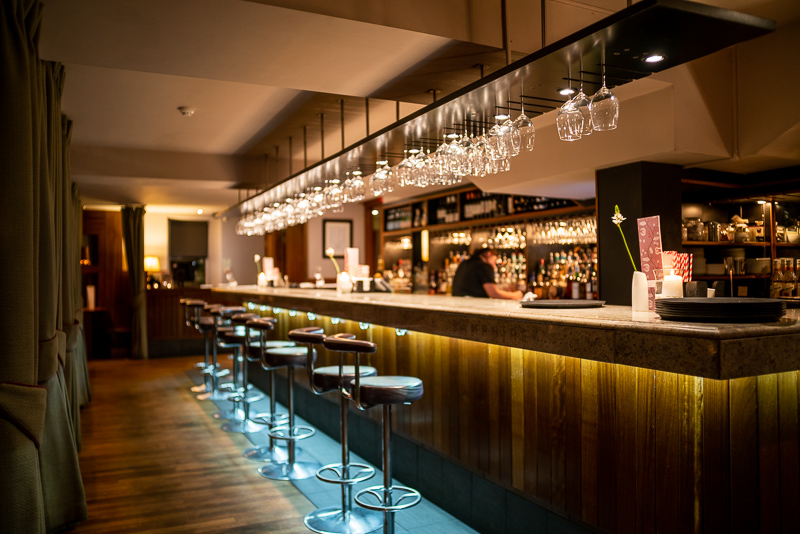
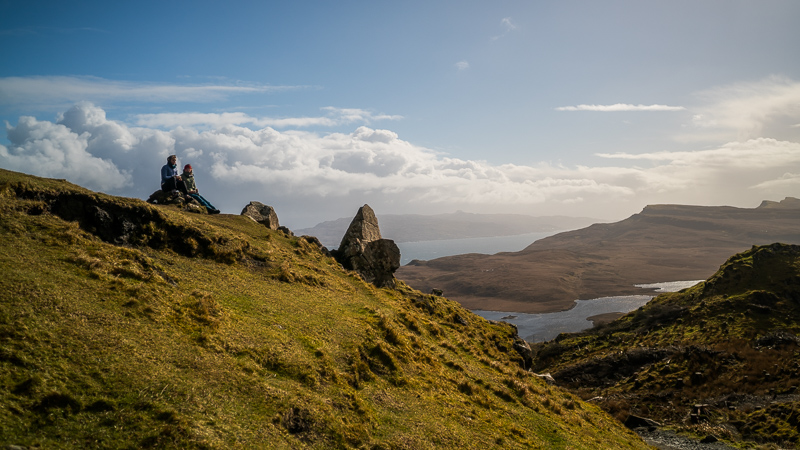
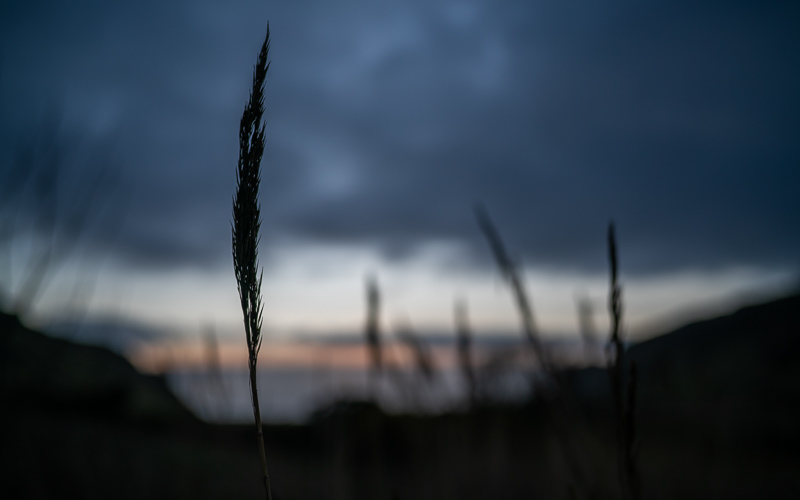
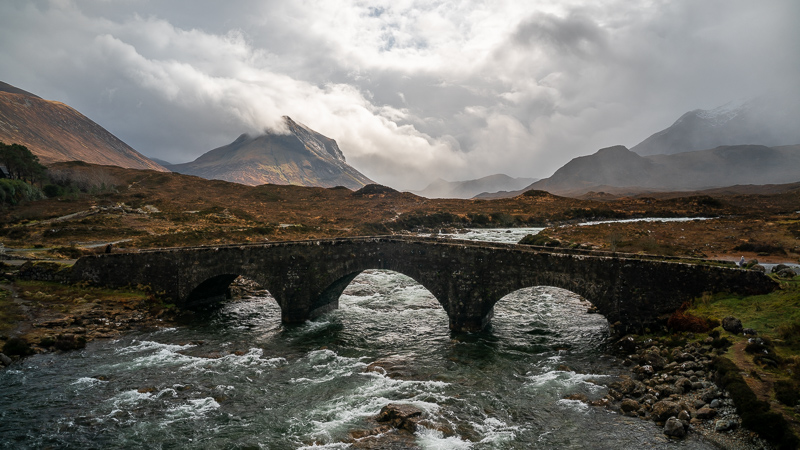
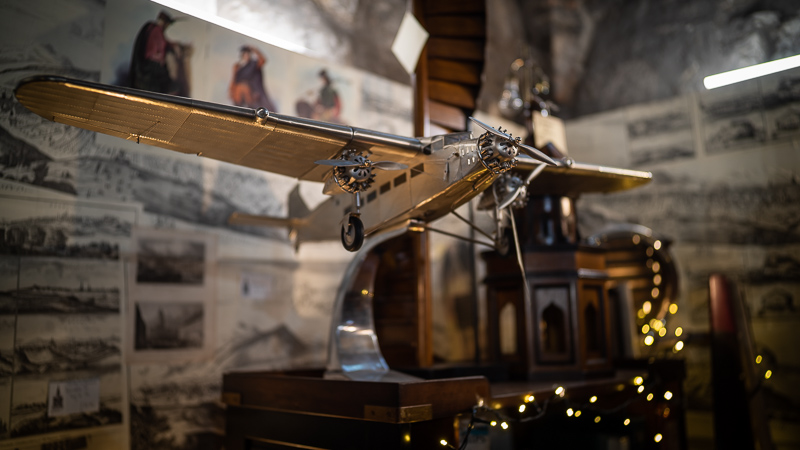
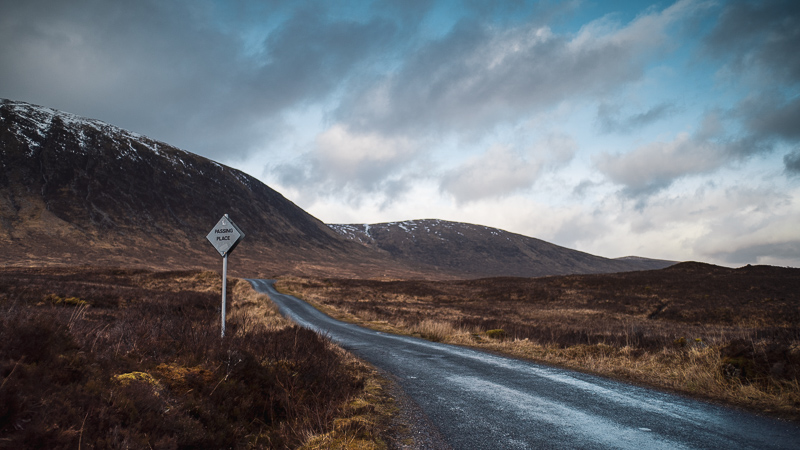
Most of the sample images in this review can be found in full resolution here.
Further Reading
- Sony FE lenses: Our comprehensive and independent guide
- Guide to the best 85-135mm Portrait Lenses for Sony a7 series
- 35mm comparison Leica, Zeiss, Voigtlander
- Review: Sony FE 24mm 1.4 GM
Support Us
Did you find this article useful or just liked reading it? Treat us to a coffee!
![]()
![]()
![]() via Paypal
via Paypal
This site contains affiliate links. If you make a purchase using any of the links marked as affiliate links, I may receive a small commission at no additional cost to you. This helps support the creation of future content.
Latest posts by BastianK (see all)
- The Best Fullframe Lenses from China - November 24, 2025
- Review: Mr. Ding Optics 50mm 1.2 Noxlux Z - November 23, 2025
- Analogue Adventures – Part 46: Fujichrome Provia 400F (expired) - November 19, 2025





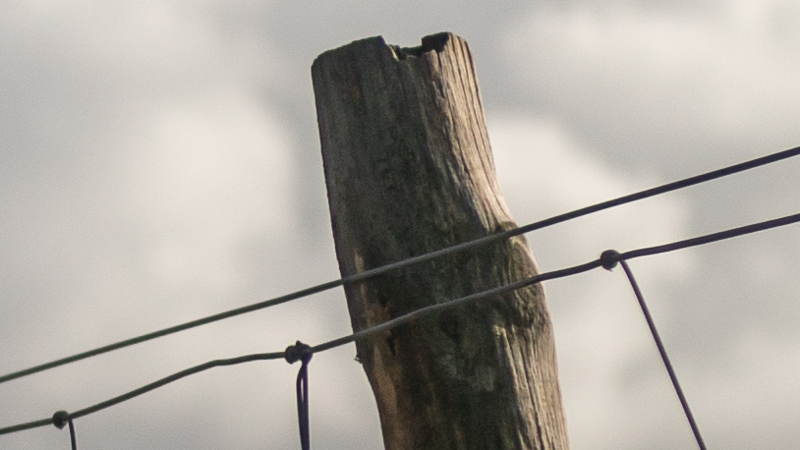
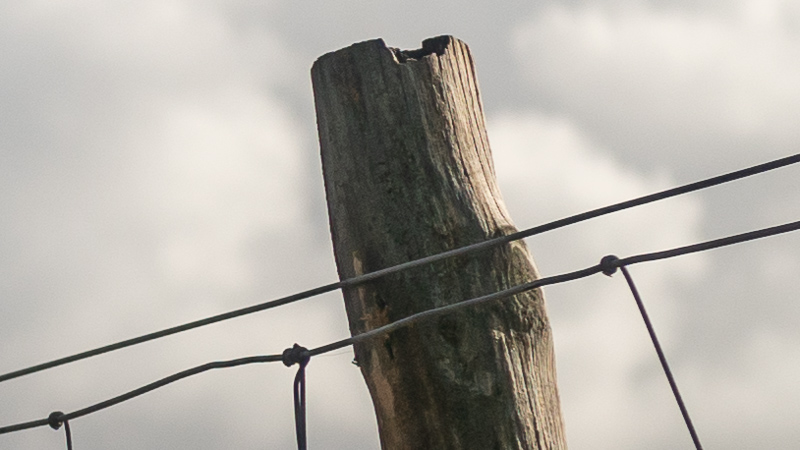
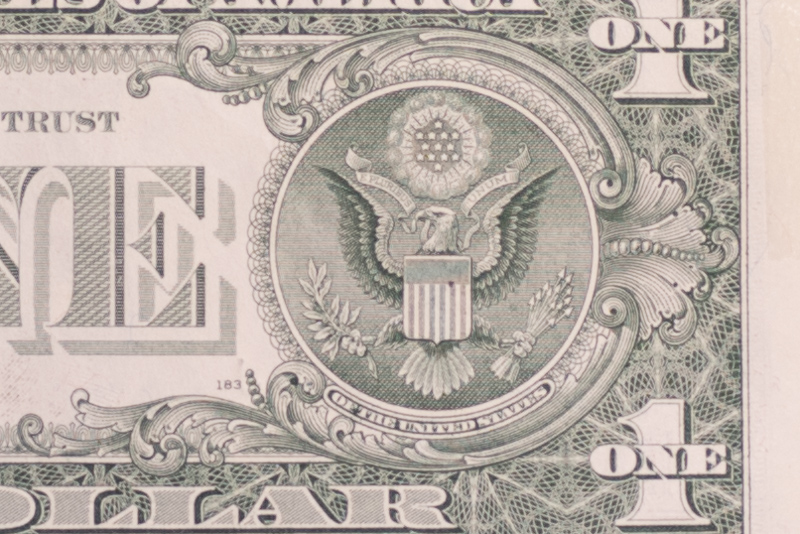
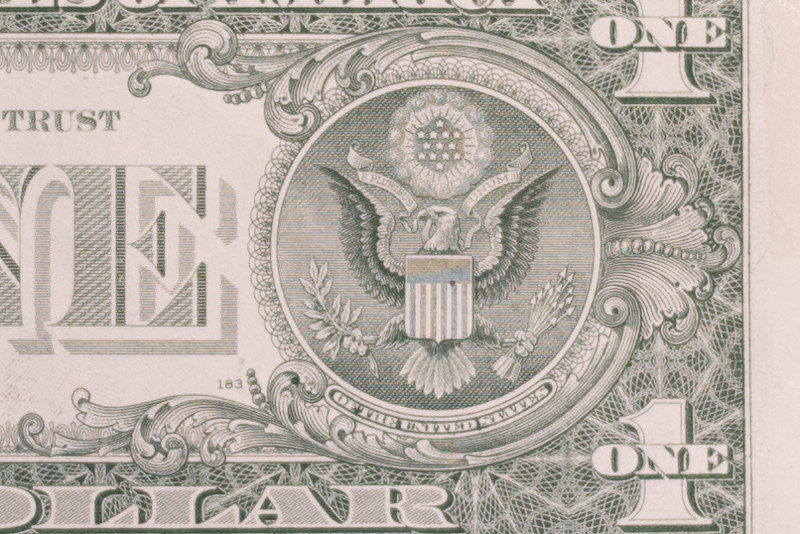
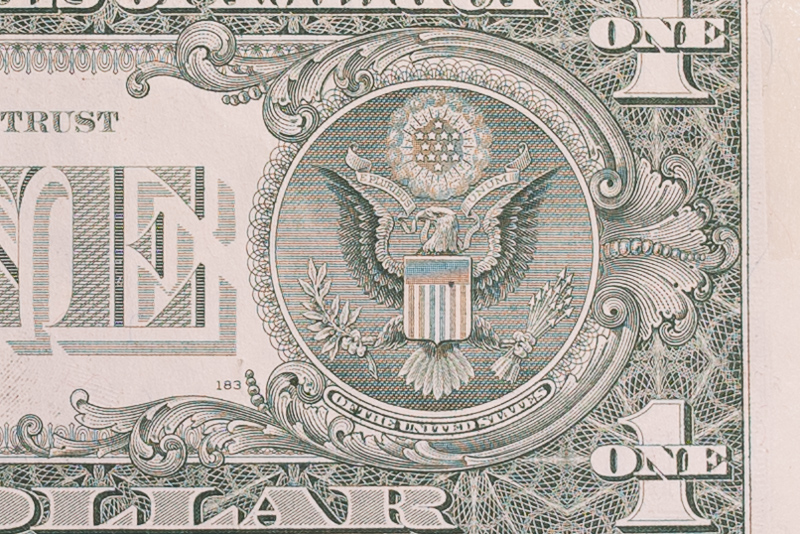
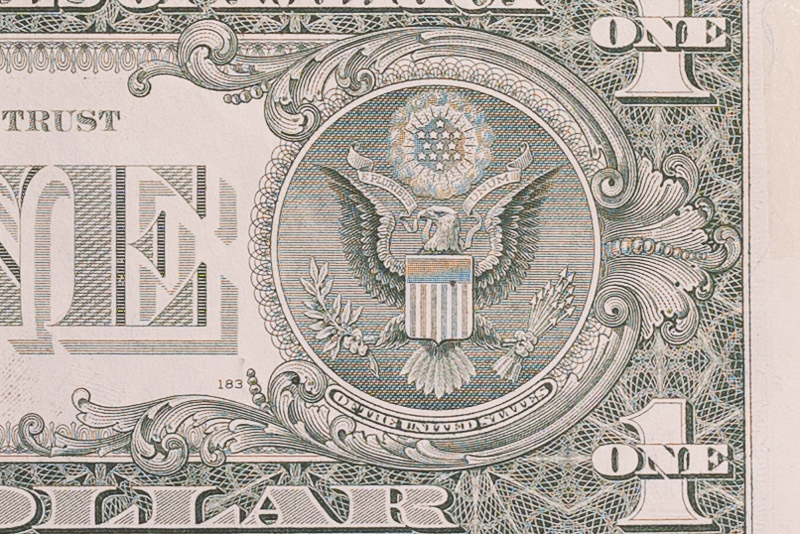
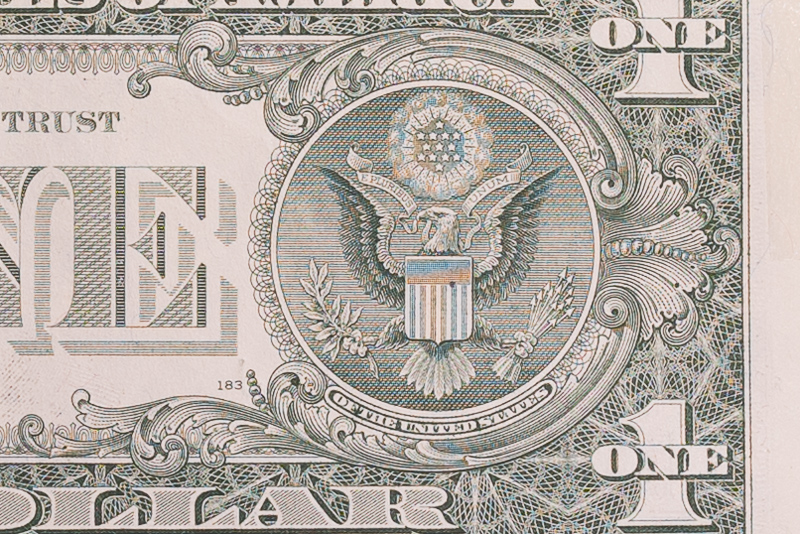
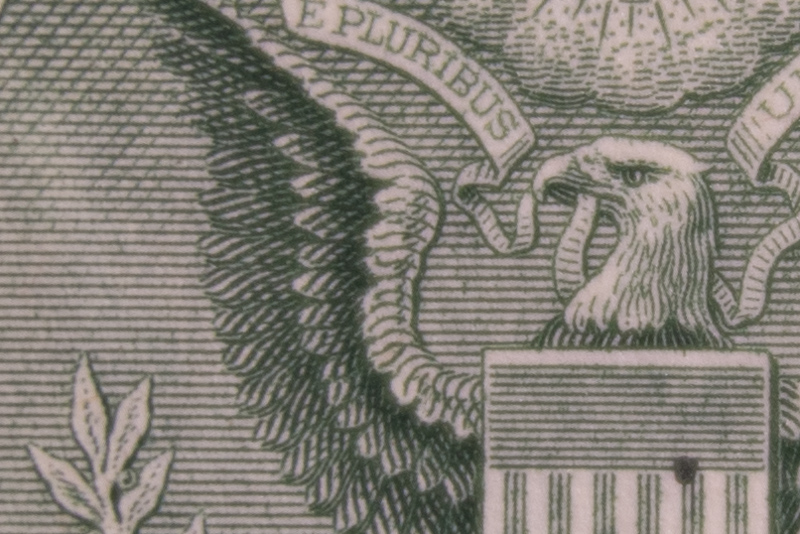
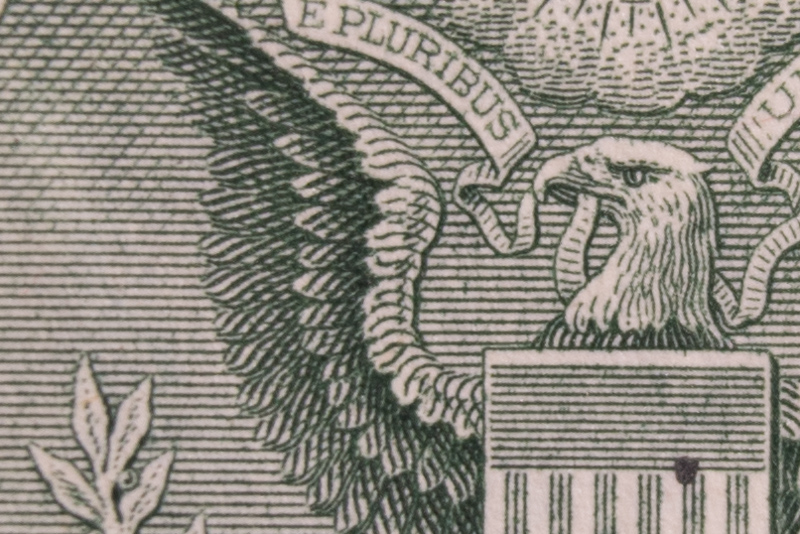
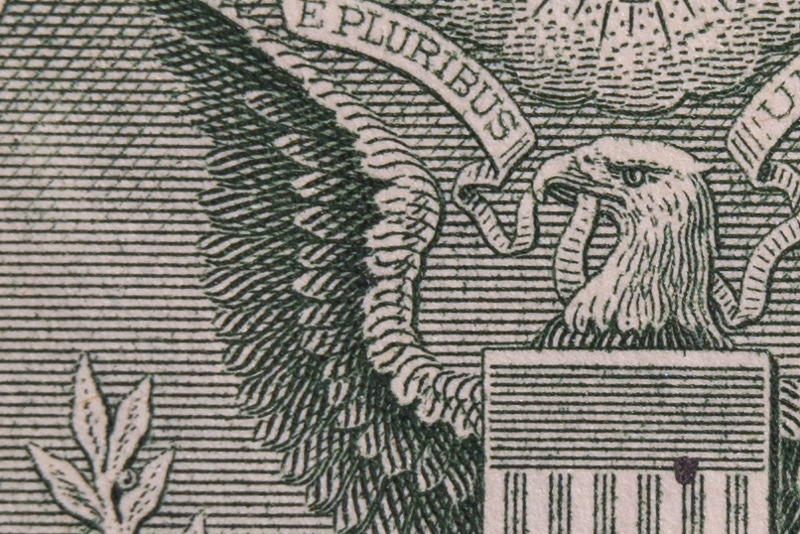
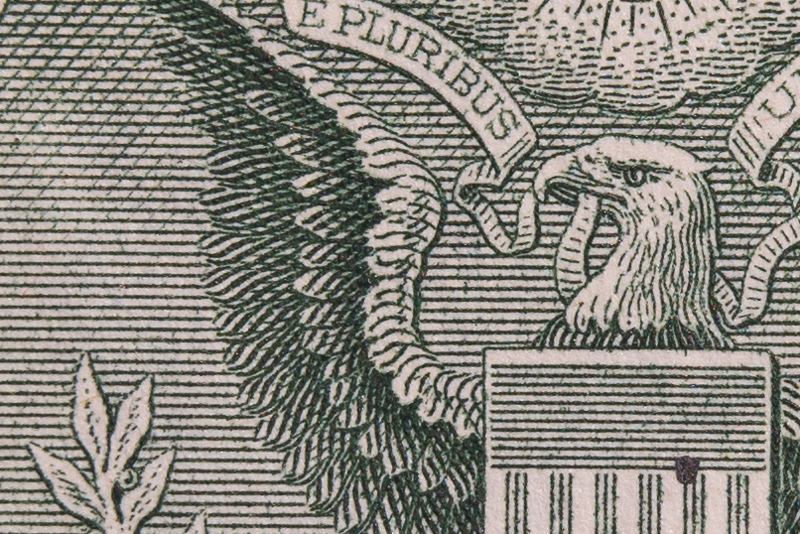



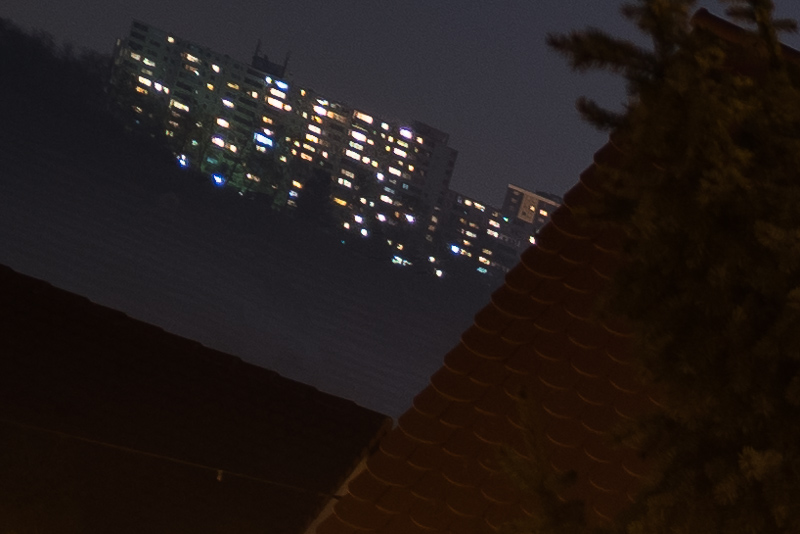

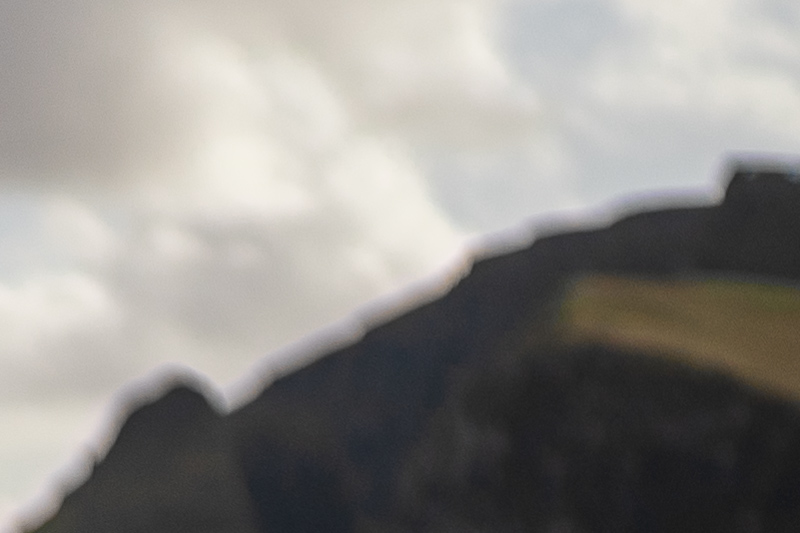



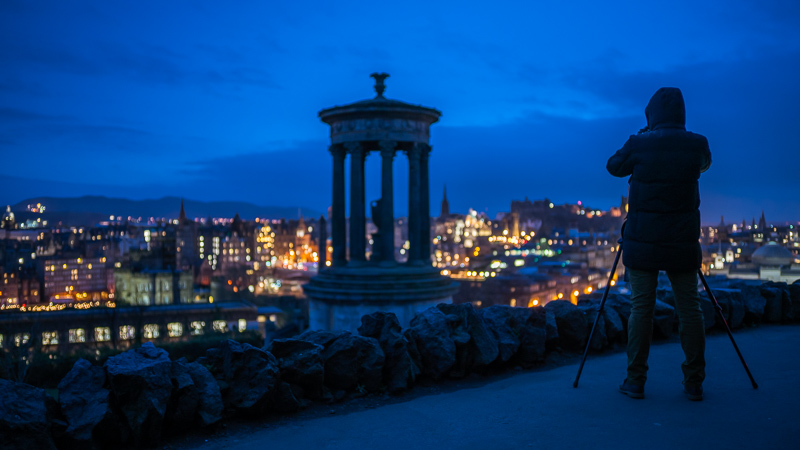
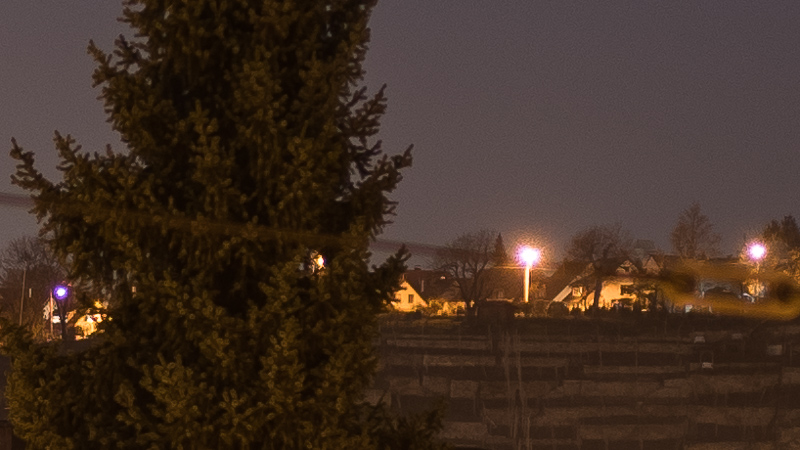
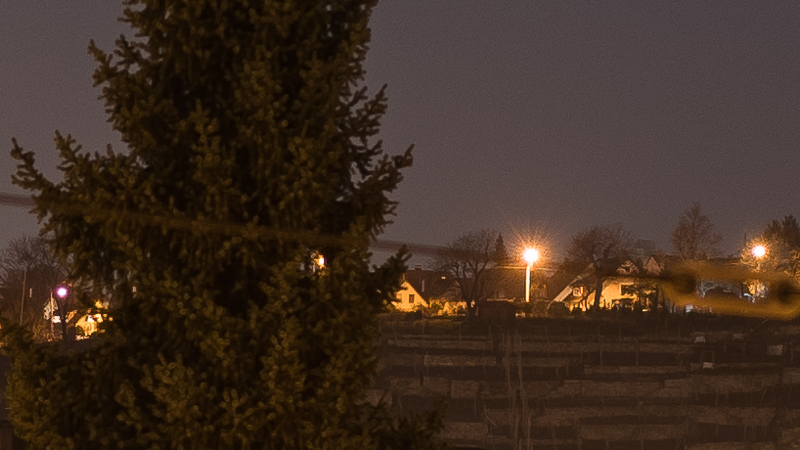
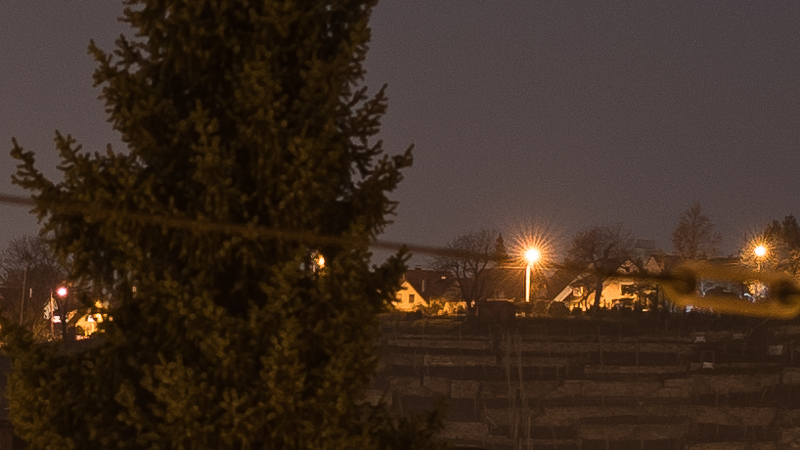
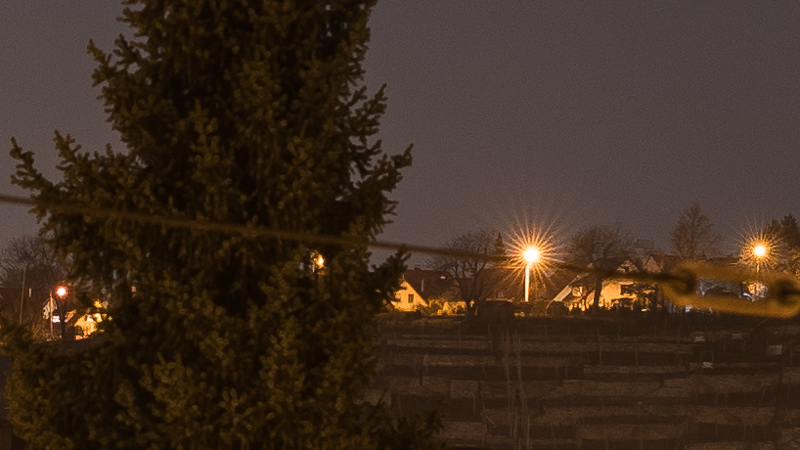
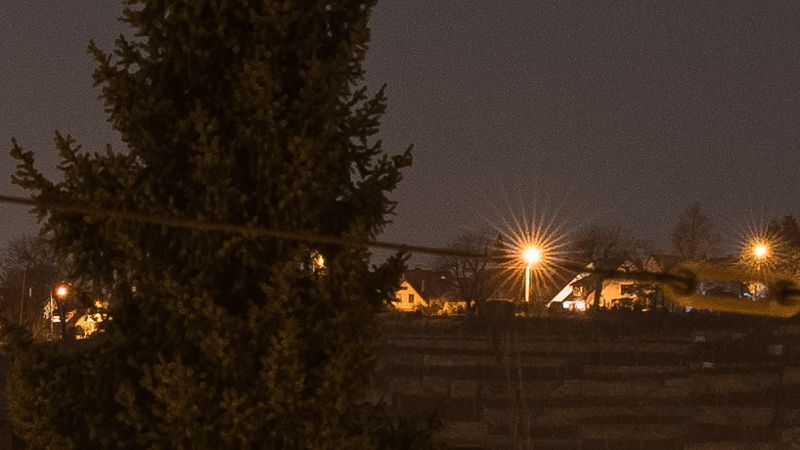
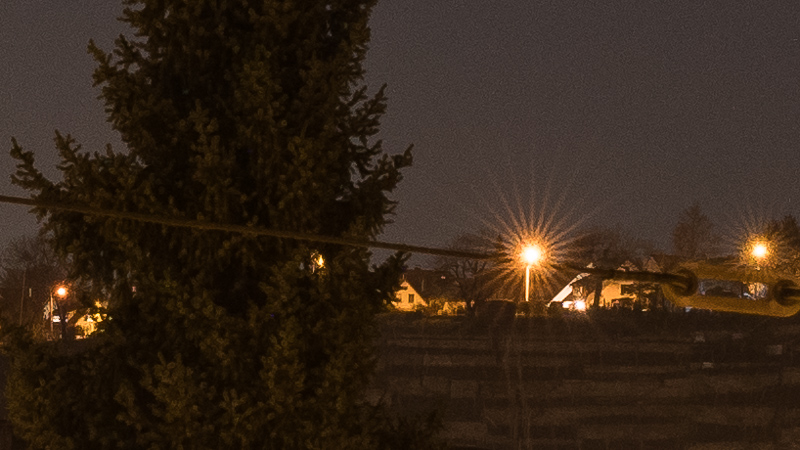
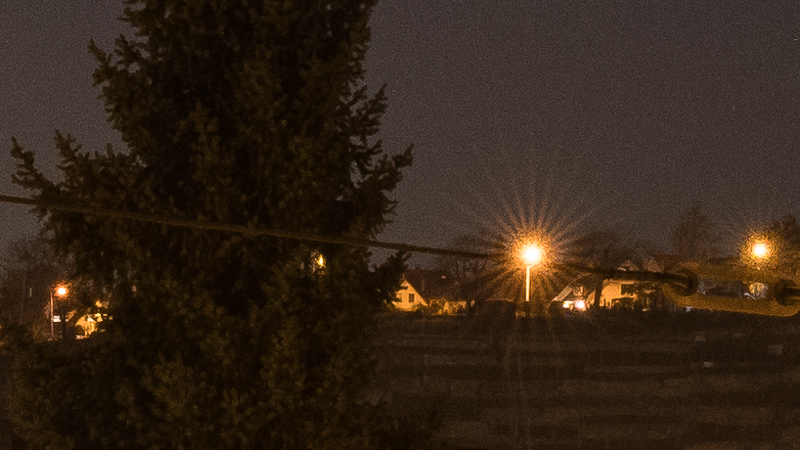
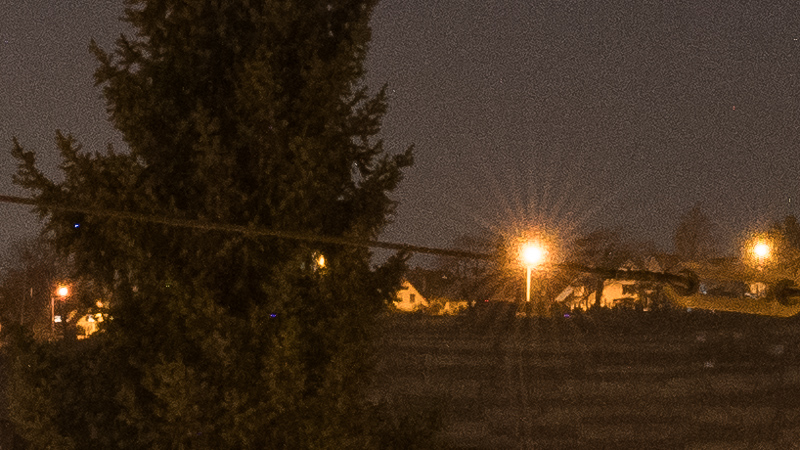
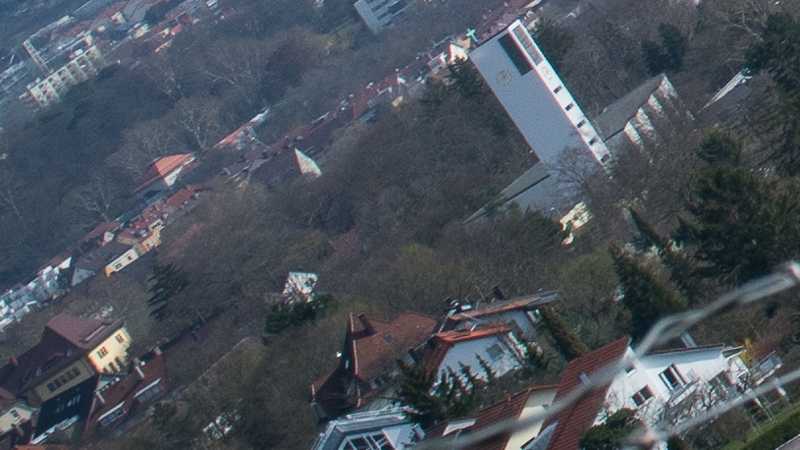
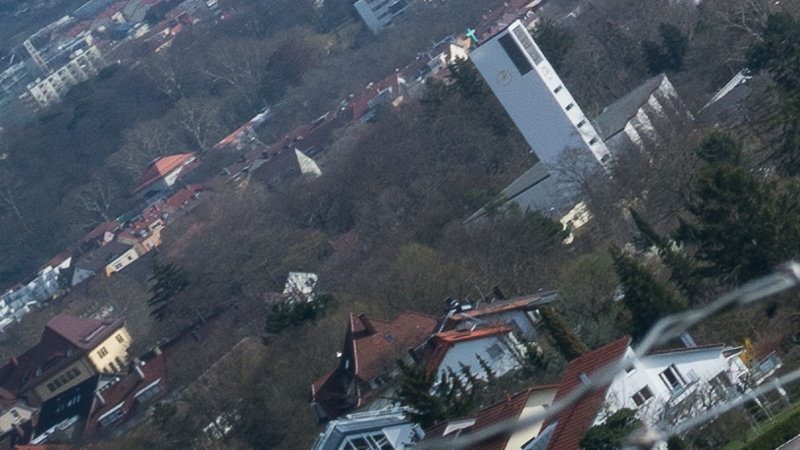
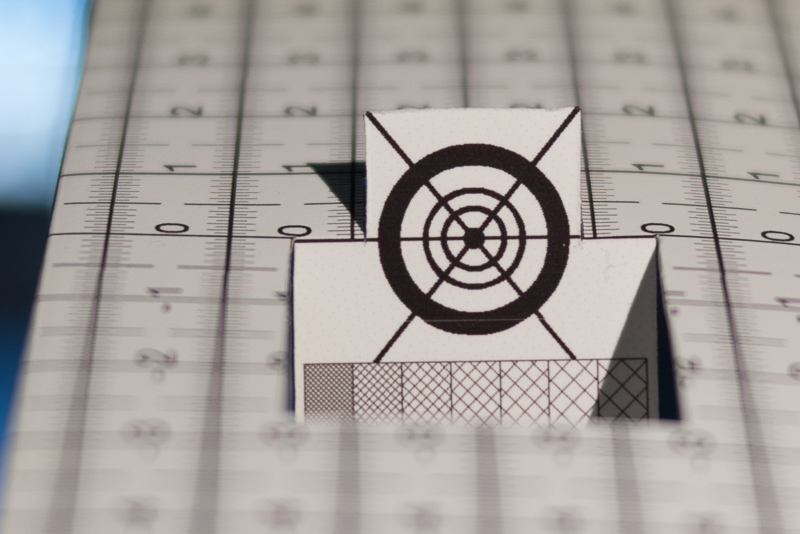

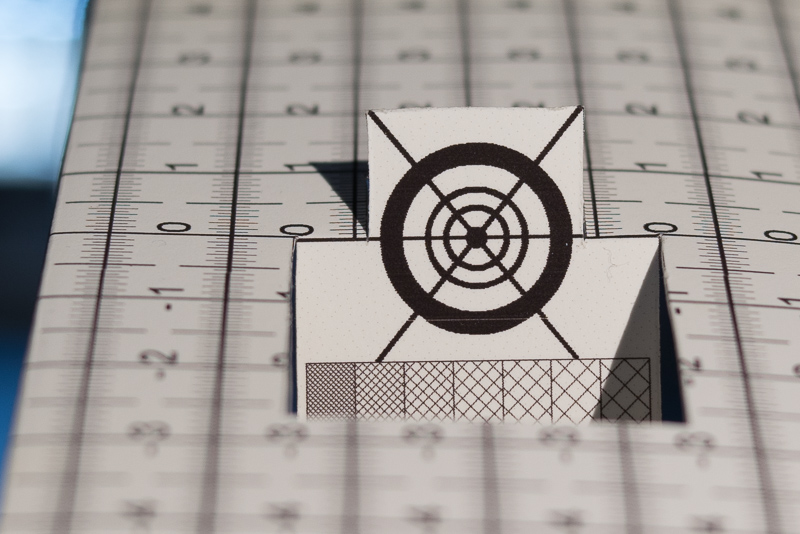
Ahhh…. Scotland!
The travel bug bites…
Among the alternatives, you could have mentioned the Loxia 25 and the Pentax K 28 3.5 (I suppose you were sticking to fast lenses).
Anyway, another good review, thank you.
Yeah I really tried to stick to the fast(er) ones here.
If one is fine with “just” f/2.8 or even slower some of the zooms may even fit the bill.
So I concentrated on those that want a fast(er than zoom) 28mm here.
Bastian,
You say this lens reminds you of the Zeiss 35/1.4 ZM. What do you mean by this?
The 35/1.4 ZM is one of my favorite lenses at any focal length so I’m very curious. 28mm is now my favorite perspective, I’m trying hard to learn composing at this wide angle (I’m still very new to photography). I use the Sigma 28/1.4 E Mount, and love the file quality; and the 28 Summilux stays permanent on my M10. But if the D35/1.4 ZM was in 28mm, I may just list the whole kit!
Thanks in advance for the explanation!
Rangefinder lens, similar size and weight, maximum aperture of f/1.4, midzone dip at wider apertures, very good across frame from f/4.0 onwards.
Thank you for this review, it looks very interesting. It will be complicated to choose between this one and the Sony 28mm f/2.
in my opinion it comes down to wheter or not you take alot of environmental portraits /indoor lowlight photos. I think the FE28 will be better suited for landscapes/hiking as it is 300g lighter and documentary purposes as it offers autofocus. If you only take environmental portraits from time to time i’m not sure if the 1 stop diffrence will matter. Would be interesting to see a comparison between the two, as i personally could live without autofocus on a 28mm!
The 28mm looks to me a better lens. The Sony doesn’t have the midzone dip but this lens is basically sharp across the frame by F4. You need F8 for good corner sharpness on the Sony. Not to mention the Sony 28mm is absolute garbage build quality. I dropped it about a foot from the ground and it became so badly decentered that it was unusable after that. It was incapable of achieving infinity focus unless you used an aperture F11 or smaller. I sold it for $100 on ebay as a parts lens. I will never buy that lens again.
Since I published the review a month ago I noticed that I actually use this 28mm 1.4 more often than I thought I would.
I am also a little more positive about the bokeh compared to when I first published it.
So when I am not so busy with reviewing other lenses I will update this review.
Did u try the fe plus version on a leica camera? I have both Sony and leica.
I’d like to know this as well. I have an A7 and an M9 and it would be great if we could use them on both platforms. Although I suspect int won’t be the case…
I think I answered that question several times by now:
Of course there are downsides when using the FE+ version on a Leica camera.
As I don’t have one of the Leica cameras I cannot tell you, how big those are.
If any of the Leica owners reading this want to send me their M9(without corroded sensor)/M240/M10 to check I will do that.
Really appreciated this review, I had been wondering about the 7artisan lenses. I just wish they would make one without an adapter!
Also, wonderful images of Scotland! Really special seeing snow on Skye
From what I am getting some people are not too unhappy it is M-mount so they can use the Techart AF adapter.
What about using a distance ring + K&F Leica M – nex adapter?
If by distance ring you mean extension tube: yes, you can use it to focus closer.
Thank you!
Since the lens is available at a local distributor I’m about to buy the fe-plus version.
After some reading I noticed a f-stop loss when using such extension tubes. Since the close focus adapters have only 4mm mine has 10mm which results in a magnification ratio of 0.19:1 (mfd: 206mm) and 0.41:1 (mfd: 136mm) respectively. I didn’t find out how to calculate the loss of f-stops. Do you have an idea on the loss? Depending on the loss I would consider buying a close focus adapter instead of a usual adapter.
BR and thanks again.
Maybe David can help out with the calculation.
A 10mm extension tube will often be too limiting as you will only be able to focus really close with a 28mm lens.
Get the close focus adapter to enjoy using this lens close up when you need it and without having to bother with extension tubes.
Loss in light gathering capability due to a 4mm extension tube is absolutely meaningless in the field.
“Also, wonderful images of Scotland! Really special seeing snow on Skye”
I’ve rarely been to Scotland in the Summer, so those photos look very familiar: standing on a hillside in freezing rain, asking the local sheep for directions…
What I’m really worrying is quality control of 7artisans. Sigma or Cosina is very good at this part. Even older manufacturer Samyang struggles in this part… I hope they accept the return generously.
That will be very interesting to find out, but judging by my past experiences it will take a few months or even longer.
Obviously, very good point to check here
I really appreciate that even the FE-optimized retains the LM mount. This would allow it to be more easily adapted to other mounts (Canon RF, Nikon Z etc) while maintaining the improved performance vs the standard version.
Awesome review and info Bastian. A MF 28mm might not be a super popular lens, but for the niche of people, this lens seems FANTASTIC for the price.
Thanks again
Thanks!
I was hoping for a decent yet fast and compact 28mm 1.4 for a long time.
The Sigma is waaaay too big, the FE 24mm 1.4 GM slightly too wide and also a bit too expensive for me.
So this one is a really welcome addition.
I have been hoping too—but I was thinking it would come from Voigtlander, but they announced the 75/1.5 and 21/1.4 and instead.
What surprises me most on this lens is the comma correction, flare resistance and pretty reasonable bokeh.
I would love to see a comparison between the Sony FE 2/28 and the 7artisans 1.4/28.
Hi Bastian,
thanks for the review.
Do you have the chance of testing for differences between the FE Plus and the normal version? I asume the FE Plus version will give better results on Sony cameras, but does the FE Plus version actually give worse results on Leica M cameras (or Nikon Z) or does it not matter? Do you know what makes up the differences between these versions of the lens – is the lens design different, just the coatings or whatever?
Thanks again.
A reader sent me his non-FE-Plus version.
Unfortunately the centering was not good enough to publish the results.
The differences did seem to be very obvious though.
The optical design (the positioning of the elements at the very least) is different, not just the coatings.
So you should really get the version specified for the camera you want to use it with.
Which version works better on Nikon Z I cannot tell you.
The sensor stack of Sony A7 and Nikon Z is around 2-3mm and the Leica is 0.8-9mm. I think FE plus would be more suitable.
Bastian, any idea were we can currently source the lens in europe? So far, I did not find a europe-based supplier for the FE version (checked amazon, ebay, google). I’m not too keen on ordering directly from asia. Thanks + regards Florian
I don’t know of a europe based supplier that has it in stock either, sorry!
For now we are stuck with directly ordering from Asia (I would pick a Hong Kong based seller).
I’ve talked 7artisans official Chinesese seller directly. For now, only domestic stores have some stocks. They’ll ship international distributers soon, though.
With this replacing the Voigt what will you be using for 35mm?
This lens is not replacing my VM 35mm 1.7 in general, only in my portrait kit.
And I don’t expect a better fast/compact/manual 35mm anytime soon.
One thing I have noticed is the strange cyan color of the sky, looks like those from old Minolta and Tokina lenses. With modern Sony Zeiss lenses I’ve never seen anything like that.
I would recommend not to try evaluating the colors of pictures someone else took without having the raw files at hand.
In almost every picture I edit the blue HSL as what the Sony cameras are giving me does not comply with my taste.
I hope you do use a calibrated monitor to judge colors.
With all the different devices we use today to look at pictures (TV, phones, etc.) we should be aware that the impression will change (massively) depending on the display.
So, when you say you see/dislike a colorcast be sure its not introduced by the display of your device.
Thanks for the detailed review on this lens! Greatly helpful!
Glad I could help 🙂
Fantastic review- exactly the lens I’ve been looking for! I live in China and ordered from their online shop on jd.com. Excited!
Excellent review – a very intriguing lens…especially for the price!
Another possible competitor is the wonderful classic Zeiss ZE 28/2 , while adapted – it still is not too large – and offers excellent quality ( especially stopped down ).
Would be interesting to see a comparison between them , particularly portraits at F2 + Landscapes at 5.6…
Assume the edges on the Zeiss 28 ZE on a Sony A7Riii would hold up better ? hmm
Maybe you manage to convince David to buy the 7artisans and make that comparison 🙂
I think it would be interesting to understand differences between Standard and FE-PLUS version.
And what about a test, of both versions, on a Kolari modified Camera?
Send me a Kolari modded camera and a non FE-Plus version of this lens and I will consider doing these comparisons.
I realized, perhaps incorrectly, that website team had a modified camera.
About the differences between the two lens versions one could ask the manufacturer. I could ask too, but surely a request from a technical reviewer would have more effect.
Bastian I know this is kind of an off-topic question but do you thing €450,- for the FE+ version from a euro-based vendor inkl. shipping but w/o the lens hood is an okay deal? I really struggle to find comparable prices for us here
I think it is a very fair price, probably less than I paid 🙂
I might add: I don’t think the lens hood is super useful, as it is rather short.
I only use it in the rain to cover the front element a bit.
Hi Bastian,
Thank you for your review which made me add one more 28mm lens despite having Contax ‘Hollywood’ and Nikon 28 1.4D 😉
Would you able to share how to remove the rangefinder adjustment coupling?
You can simply use the provided tiny screwdriver and then unscrew those 2 or 3 tiny screws in that brass rangefinder coupling part.
Only saves a few gramms though 🙂
Thank you for this excellent review. Love the samples.
I am very interested in this lens for my A7rii, but I also have a Leica M8 and an M240, I wonder how this FE+ version would performs with the Leicas, I guess it won’t be that great, so I asked 7Artisans but they send me a “sir, you need an adapter for this lens” reply. So no straight answer.
I think I already said that: of course there are downsides when using the FE+ version on a Leica camera.
As I don’t have one of the Leica cameras I cannot tell you, how big those are unfortunately.
Hi, kann mir jemand sagen woher man das Objektiv für e mount bekommt? Kann es nirgendwo finden.
Grüße
Alex
Hier bei amazon.de.
Eine Leica-M -> Sony-E Adapter brauchst du aber auch bei dieser Version.
Hi Bastian, I’m really tempted to buy the lens but I’m uncertain if I’ll manage to get rid of the color cast in Lightroom. Is there a quick fix in your workflow that you’re willing to share? I’ve never been working with rangefinder lenses on SA7 so no experience with that kind of issue. Much appreciated, cheers
My preset only works for A7rII, the sensor designs are all slightly different.
But with the last update Lightroom incorporated the “flat field plugin“, might be worth a look.
Apart from that not only rangefinder lenses show that issue, but also native lenses like the Sony FE 35mm 1.4 ZA or most of the Voigtlander UWA lenses.
Appreciate the advise, thx
Hi Bastian,
Have you ever considered the 7artisans 35mm F/2 as a cheaper alternative to the Voigtlander 35mm F/1.7? Thanks.
Unlike the 28mm 1.4 the 7artisans 35mm 2.0 is a junk lens with shitty performance.
Will you review the 7artisans 35 1.4 when it becomes available? Looking forward to it!
One should arrive here anytime 🙂
Hello Bastian,
What is your opinion on the colors and rendering of this lens? How about compared to voigtlander and the sony 28 f2 rendering? Is it more leica-esque with gentle character?
Thanks
I always adjust colors acc to the subject and my taste in post, so this is not something of interest to me.
The Leica lenses I tried were all over the place in terms of rendering, I could surely not see a clear line there, so I cannot answer that question.
I would clearly get this over the 28mm 2.0 Voigtländer and the comparison to the FE is rather pointless, either you want a manual focus f/1.4 or an AF f/2.0 lens, the other differences are rather meaningless compared to these.
I think both lenses are also mentioned in the Alternatives section.
Hi Bastian,
I appreciate all the reviews you and others have contributed here, you cover aspects most other reviewers don’t even touch. Because of that most of my purchasing decisions are heavily influenced by your work here.
That being said, I do have a question regarding this lens, specifically its stopped down performance. My go to lens around this focal length was Loxia 35, but I don’t own it anymore. I am considering 7artisans 28 as a substitute. The focal length difference wouldn’t be an issue, however the stopped down performance for landscapes would. Can you comment on this? Are the two comparable at working apertures (f/5,6-f/11)? Sharpness and contrast are my main concerns, at which Loxia excels for landscapes.
7Artisans 28mm 1.4 FE+ is good to very good at f/5.6 to f/11, but not as good as the Loxia.
Thanks for the reply. So in the Sony 35mm MF land Loxia is still the raining champion for landscapes, since the inception of the system. Talk about longevity.
Zeiss ZM 35mm 1.4 is equally good stopped down and the Sigma 35mm 1.2 Art is actually better (except for sunstars).
Yes, I forgot about the Zeiss ZM and wasn’t aware that it is actually better then Loxia (even when you take the PCX fix into account). Good to know.
As far as Sigma, I was referring to MF lenses, not to mention that the Sigma is a behemoth. My main use is for landscapes, so I prefer small and MF. That being said, I had the Sigma for a little over a week. It went back eventually due to the de-centering, but it did produce wonderful results, both for portraits and stopped down landscapes. If size and MF are no issue, it is THE lens to get.
As far as me, in a money-is-no-object-world I would have two 35mm lenses (one MF and one AF). But as things stand now, I prefer a small MF to an AF lens, so I’m heavily leaning that way. The only other lens I would consider as a compromise is the new Sony 35mm f/1,8. I could accept the lack of MF handling and Loxia sunstars if the sharpness/contrast and stopped down aberration control are on pair. And the lens could be a good compromise for portraits too (mainly family). Would actually really like to see the review of it here. 🙂
Just a follow up. I ended up buying the lens and couldn’t be happier with the images I get (sharpness and contrast wise). Landscapes are my main thing. f/8 seems optimal, due to the field curvature but with stacking f/5,6 is fine too. f/11 is also quite nice.
Only let down are sun-stars (not the night-time cityscape lights, but the actual sun). I mostly get pretty uneven sun rays, sensor reflections, the whole unwanted package etc. I’m working on the Sony A7R III.
More testing needs to be done obviously (I have the lens for the last week only), but initially and overall I am impressed.
Even the build quality is very reassuring with no wobble what-so-ever (even the aperture ring is nice and tight). Even my my Loxias have some axial play in the aperture ring.
All in all – very nice.
One image to demonstrate (shot at f/8). First unsharpened (but overall adjusted the color and other minor tweaking). The second image is sharpened in Topaz to show the maximum potential. To my (untrained) eyes it is almost perfect.
https://www.flickr.com/photos/136313585@N04/48953784466/in/dateposted-public/
https://www.flickr.com/photos/136313585@N04/48953233248/in/dateposted-public/
Thanks for sharing your experiences!
More images are available if someone needs them.
Hey Bastian.
This is the third lens which I’ve bought due to your recommendations. Got it today and it is so beautiful and high quality. Thank you for all effort to write these reviews.
If you’re interested in a review for a canon fd 55 1.2 ssc aspherical. I could share mine with you. I’m from Bonn / Germany.
Kind regards
Mario
Glad to hear!
I am still impressed by the build quality of the DJ-Optical lenses.
Will give the 55 1.2 SSC a thought, thanks for the offer!
After the update, I became more curious about how FE plus version and Non-FE version would behavior after using PCX filter mod with A7 series. I see that the quality of the lens is actually better than I thought.
Thanks for solving a mystery, but not thanks for giving me another conundrum XD.
I know i will piss everyone but…
Let’s say i wanna put this on a nikon z6…
Should i use the leica version with adapter or the FE plus version with adapter…?
Wouldn’t the fine tuning they made for sony filter stack have negative results on Z series said to have a thinner one?
Get the FE+. Z filter stack will be somewhere between Leica M10 and Sony.
Ha! The cat of Acqua Alta bookstore in Venice! 🙂
Correct 🙂 Lovely place!
I’m a little suspicious that the FE+ version is just branding.
I got the regular version and I can’t see a difference between a stock A7rII and a thin filter modded A7rII.
A reader sent me the M-mount version and I saw clear differences in the corners, short comparison is included here.
But then, I wouldn’t take the bet that every FE-Plus version that leaves the factory actually is one…
That’s fascinating. Thanks.
Hallo,
muss ich den Fokus auch bei einer Sony A7r2 kalibrieren?
Ich möchte Euch allen auf diesem Weg für die sehr informativen Testberichte danken.
Vielen Dank und viele Grüße
Heiko
Nein, ist nicht erforderlich.
Hi Bastian,
I red a lot of reviews from your team, it’s great blog, a lot of info.
I’m considering to buy my first Sony gear, it seems that I’m going to choose Sony A7II.
I’m interested in two lens options:
1. 7artisans 28mm 1.4 FE+ = possible to get for 430 euro with shipping
or
2. SMC Pentax-K 28mm 3.5 = possible to get for 185 euro with shipping
I used to use only manual focus so AF is not a must for me, personally I have more fun while using MF..
I’m going to use it for portraits, people on the streets, situations, etc., but also landscapes (“potraits on landscapes”) and astrophoto starts to be a little bit interesting for me.
What would you recommend ?
I will be grateful if you could share an opinion.
Greetings from Poland
For those applications you will make good use of the significantly faster maximum aperture of the 7Artisans 28mm 1.4, so I would recommend that one.
I have the 28mm Ultron but have discovered the Pentax M 28 f2.8 to be as good as I would need if I hadn’t bought he Ultron.
Dear Bastian, do you have any clarity on how the 7Artisans compares to Voigtlander Ultron 28mm f2? I already have 7Artisans 28mm and I am even more happy with is than one could think from your review however the weight is pain. Ultron is twice lighter so I would be ready to sacrifice one stop of light for sake of half weight and 30% smaller size. As long as Ultron is performing not worse at respective f-stops (starting from little stopped down – f2,8 let’s say to make fair compare). Any input from your side?
What camera are you using the 28mm on? And which version of the 7Artisans?
If you are using the 28mm 1.4 FE+ on Sony: stick to it, you will not be happy with the 28mm 2.0 VM.
If you are using the 28mm 1.4 on Sony: you are already experiencing the strong field curvature and it does not seem to bother you, you could use the 28mm 2.0 instead.
If you are using a Leica camera it might make sense to make the switch, differences at f/2.8 should not be that great.
But I think after 50mm, 40mm, 35mm and 21mm we may see a compact 28mm f/1.2 or f/1.4 from Cosina in the not so distant future
(I have no reliable information, just wishful thinking!).
I am at Sony A7III with version F-optimized. I am searching for something more compact, very, very compact which can be even f3,5 at leica M-mount (future proof as I am aiming for Leica in long plan). Long story short – not worse but smaller. This lead me to the Voigtlander Ultron 28mm f2
28mm 2.0 is smaller then, but also worse as long as you are on Sony.
Any other idea for small Leica mount 28mm (not necessarily f1,4 as I said)
All the M-mount wide angle lenses suck a bit on Sony (unless stopped down to f/8.0 or f/11), except for the 7Artisans 28mm 1.4 Fe+. Simple as that.
Then I have to live with heave 7Artisans 🙂
As do I 🙂
Hi Bastian,
Reading your reviews was really really great and bookmarked your blog as a mane source for lenses.
I am reading, searching, looking at different options, and becoming more confused, I have Leica TL2 and I want to use one lens at this time. I think 28mm would be OK for TL2 but I do not know this lens, I meant 7Artisans 28mm for Leica will be the same quality as you use for Sony?
Yes they are pretty much the same.
The 28mm 1.4 may be a bit big and heavy for the TL2 though…
“After investigating the performance on the M10 I tend to say: get the FE-Plus version. There really isn’t much you loose when doing so.”
I am an M-only user. What is “lost” with the FE-Plus version?
If you are an M only user why would you bother with the FE plus?
Greater flexibility and resale – I could get an A7 series system down the road, for example. But I’d only be interested in doing so if there are *zero* compromises on the M10 side. The comment made here left it ambiguous to me. They’re the same price, so are there any downsides?
I only had a decentered sample of the non-FE-plus version so this is the best answer I can give you.
I asked 7Artisans and here was their response:
Hope you are having a great day!!This is Danny from 7Artisans. Thanks for your attention to us.
We just got your suggestions about the FE-Plus version of the 28/1.4 lens perform worse on Leica M10 bodies than the normal version?
It would be really great suggestions! For the 2 versions:
The CMOS structure of Sony and Leica is different, and the adjustment requirements for the same lens are different,
which is mainly reflected in the corner image quality.
If you pursue the ultimate, you need to complete the adjustment with the main model.
Otherwise, if you adjust by Leica, the image quality will decrease in the upper corner of Sony.
If you adjust by Sony, the image quality will decrease in the corner of Leica.
So if you are Leica M10, you are better to use the Leica M version.
Thanks for your letter, Any doubts or another suggestions, please contact us freely.
Which is exactly what I already wrote in the review and already told you.
I hope we are simply misunderstanding each other. I greatly appreciate and admire your reviews, and they’ve helped me tremendously in making purchase decisions. Overall, I find this site and your reviews in particular to be the most comprehensive and decisive when it comes to M mount lenses on the entire internet. I think they balance the technical and artistic sides excellently, where so many M sources veer into woo with things like “drawing” “rendering” “3D pop” and so on.
The review, as I am reading it, suggests that Leica M users purchase the FE-Plus version: “After investigating the performance on the M10 I tend to say: get the FE-Plus version.”
The 7Artisans response, on the other hand, suggests that Leica M users purchase the “for Leica M” version: “So if you are Leica M10, you are better to use the Leica M version.”
I provided this information just in case anyone else had the same questions, not to challenge anything. But if you intend for the review to state that Leica M users should buy the “for Leica M” version, I would suggest changing the way it is written. You are saying that it is exactly what you wrote in the review, but it still appears to me to be the opposite.
* and just to be super clear, I do also notice and appreciate that the leading context was for users of BOTH Sony A and Leica M systems, not JUST Leica M systems. It was the statement of, “There really isn’t much you loose when doing so.” which had me wondering what exactly might be lost. It seemed possible to me that the FE-Plus could simply be a more flexible lens with no real downsides at the same price, so I asked. But again, no complication or challenge intended! As usual, I believe it to be the best review of this lens that I’ve found.
Grate review. Thank you. So…, is this lens quickly becoming your favorite wide angle lens?
I don’t have a favorite lens, lenses are tools and I always try to pick the right one for the job.
The 1.4/28 did not disappoint so far.
I wonder how much benefit the FE-Plus would have on a micro four thirds sensor? The filter stack is twice as thick, but the sensor itself is smaller:
Sony 35.8 x 23.9 mm
vs.
m4/3 sensor size of 17.3 x 13 mm
Given the flange focal difference (without adapters) of the Sony and MFT is very close, would there be as much benefit on a MFT body?
With that filter stack thickness there will probably be significant effects of the filter no matter if you use the FE-Plus or the normal version.
Besides the filter stack issues you would throw away 3/4 of the image when using the 7A 1.4/28 on M43 and therefore get a image less sharp than that of the Panasonic 1.4/25 which is less than half the weight of the 7A.
Bastian, just here to harass you again. Question. Have you ever gotten SLR lenses and then bought an adapter to M mount so that you could put it on your helicoid adapter? Are there any difficulties with doing this?
Actually I have done that in the past, yes.
For the (not good) Leica 180mm 4.0 and also for the Nikon AF-S 20mm 1.8G.
Generally it works well, only that the shitty Pixco Nikon-G -> Leica-M adapter had a huge light leak…
Also, with 2 adapters there will be added tolerances, especially in the case of tilt with heavier lenses,
so I would stick to better adapters with a tighter fit here (e.g. metabones or Novoflex).
Did you test the 7Artisans 50 f1.05 (available for all mirrorless mounts)? I think it would pair nicely with this 28 as a two lens kit!
Ordered this lens today with bday $$$ 😀 (sorry, I forgot to use your link). I was puzzled by how the FE version still seems to perform better on Leica than on Sony but it still is great! I’m puzzled by some of the other reviews that people had that didn’t rate this lens well. Once you take into account the price, the size, and the build quality + consider that very highly praised lenses, ex: Pentax 28mm 3.5 or Voigtlander 28mm 2.8 SL (v expensive… they should never have stopped making it D: ) are muuuch slower + the ability to use a close focus adapter on this lens, it performs pretty damn good. Like yeah wide open it’s not like amazing sharpness in the corner (duh) but the fact that it’s usable wide open and performs somewhat well close up and at portrait distance should be viewed as a pro and not a con! Your slower 28mm lenses cannot shoot at f1.4 can they? If you don’t like it wide open in some circumstances, stop it down and then compare it to the slower lenses. The only thing I’m not hoping to experience is receiving a decentered or poor copy (which seems to happen to people about half the time :/ )
I’m especially impressed by the contrast, bokeh, and character of the lens. No doubt it gives a distinctive look. You cannot say that about most modern optics
Hope you will enjoy it 🙂
Wow! I got it today and it’s quite nice! I’m very surprised about how heavy it is given how small it is. It’s quite a dense piece of glass. I was worried that I wouldn’t get a good copy and my copy isn’t perfect but it’s much better centered than plenty of the copy’s others have gotten so I’m happy with it. I looove the bokeh and the contrast and I’m glad I got it (with the vm adapter 😉). Thanks for the review, I might not have gotten it without the review because many people were ambivalent about it. I’m curious about the rare earth glass elements 😮 mysterious. I wonder if they are leaded. The images rendered by the lens has a sort of Zeiss feel to it and it’s quite nice. Sometimes you don’t really know how good a lens is until you throw it on your camera and play with it.
I wonder if the mystical “rare earth glass” is lanthanum or didymium. I’m not sure but whatever it is, it’s good stuff 😎 and it brings a very good vintage spirit back in lenses that seemingly only Zeiss, Voigtlander, and Leica have maintained
Hi Bastian,
Great review! This is the second lens I’ve bought based on your recommendations (besides Mr.Ding 50). One thing is when I pair this 28 (FE plus version) with Techart EA9 adapter, it will always back focus at F/1.4 and F/2.0, and works flawlessly at F/2.8 and above (Tried with different bodies and the adapter works fine with other lens). But when I manually pre-focus and then autofocus the image is tack sharp. Does that mean it actually has FLE inside? Can you help confirm with this behavior? Thanks a lot.
Hmm I am actually not sure if it is a floating elements design.
But this also shouldn’t be a reason for backfocus actually.
Less sharp: yes. Backfocus: not really.
Thank you for your explanation, i am using the wrong words, it’s just not sharp enough with techart compared to full manual focus, and pre-focus a little bit fix the problem.
Are you maybe using it at very short distances ( < 0.7m)?
It happens under different distance, and after further testing I figured it’s not FLE just low contrast and flare wide open cause the problem. It did AF precisely with techart stopped at infinity under some rare conditions. Thank you for your time anyway.
Wird dieses Objektiv nicht mehr produziert? Finde kein Shop der es noch verkauft ..
Es gibt Gerüchte, dass es einen Nachfolger geben soll.
MPB und Kamerastore haben beide gebrauchte Exemplare im Angebot, die man bei Nichtgefallen zurückschicken kann.
Eine neue (teurere) Alternative wäre noch das Thypoch Simera 28mm 1.4.
welches findest du persönlich besser, das 7artisans E-Mount oder Thypoch E-Mount an einer Sony A7II ? Preislich wäre es absolut egal, sollte demnach einfach nur das bessere Objektiv sein.
Leichte Tendenz zum 7Artisans FE+
Würde auch die nicht FE+ Variante an einer Sony gut funktionieren ? Natürlich mit Adapter
Schlechter. Dafür gibt es ja die FE+ Version.
Schade.. 7artisans haben nämlich wieder das 28er für Leica M produziert, jedoch nicht die fe+ Variante
Bzw. ist der Unterschied so enorm zu der Fe+ Variante ? Thypoch für 770€ oder die Leica m Version mit Adapter für 430€. Was lohnt sich dann doch mehr ?
Der Unterschied zwischen Thypoch und non Fe+ wird jetzt nicht so riesig sein.
Ich würd aber eher versuchen auf dem Gebrauchtmarkt eine Fe+ Version zu ergattern.
vielen Dank! Aber es wäre tendenziell möglich die non Fe+ an der Sony A7ii zu nutzen ? Möchte unbedingt die volle Garantie noch haben. Nutze zb auch Voigtlander M und Minolta Objektive an meiner A7II und bin ehrlich total zufrieden.
Kannst es nutzen, gibt halt negative Einflüsse auf Randschärfe und Bokeh.
Mir wäre das ungefähr 100x wichtiger, als eine Garantie zu haben.
Also Randschärfe ähnlich “schlecht” wie bei dem Voigtlander 35er 1.4 Nokton MC/SC für M ? Bokeh vermutlich nicht so weich, sondern verspielter ?
Danke dir wirklich !
So schlecht wie beim 35mm 1.4 wirds nicht 🙂
Hast mir sehr damit geholfen, danke 😊
Is it safe to assume that your recommendation for use on with film in a Leica M would be the 7A M specific version?
Generally yes, even though on film it will be difficult to see the differences.
Thanks for your quick reply. As the focus tests and adjustments could prove time consuming and costly on film, I wonder if the QC is better on FE vs M… a crapshoot I suppose.
Is the FE version still available?